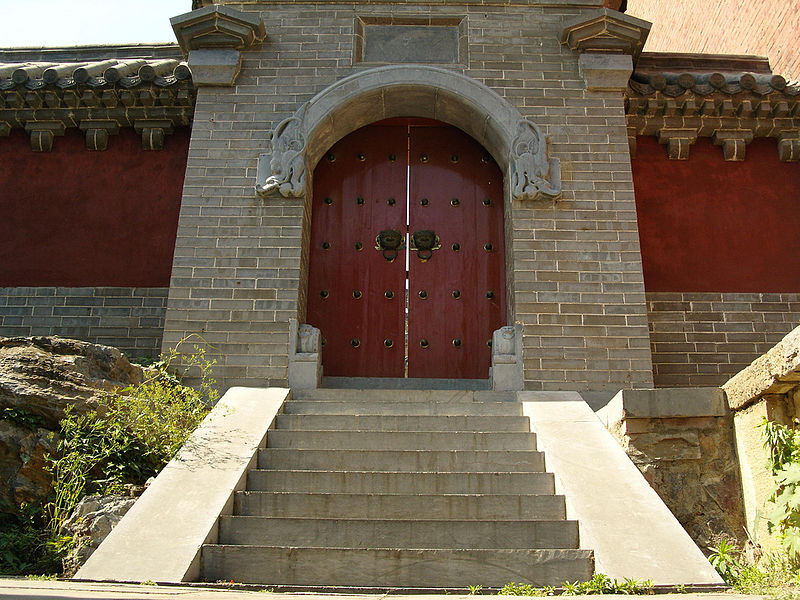





 |
 |
 |
 |
 |
 |
|---|---|---|---|---|---|
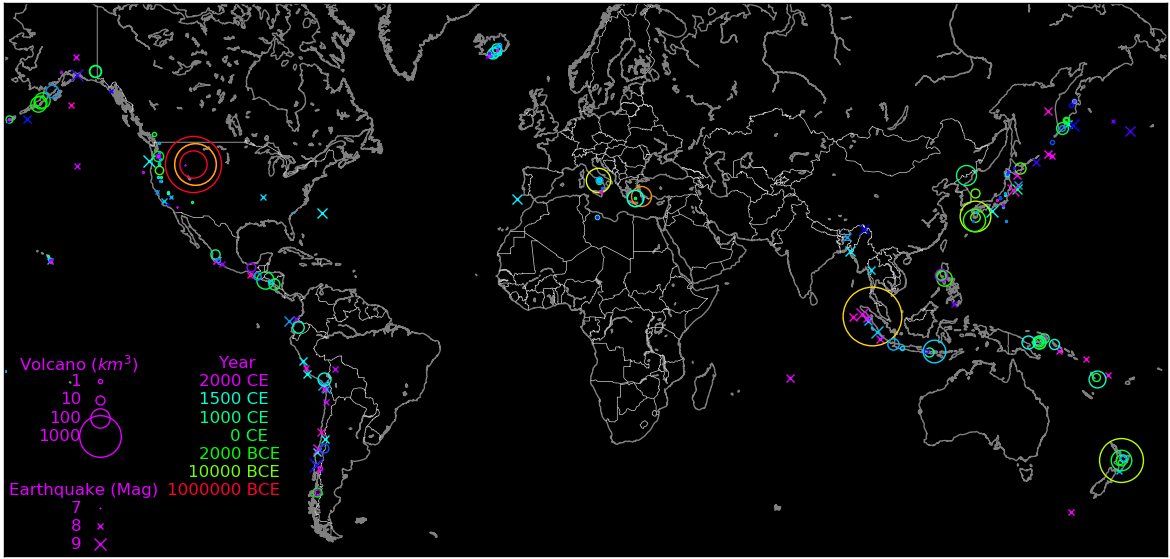 |
|---|
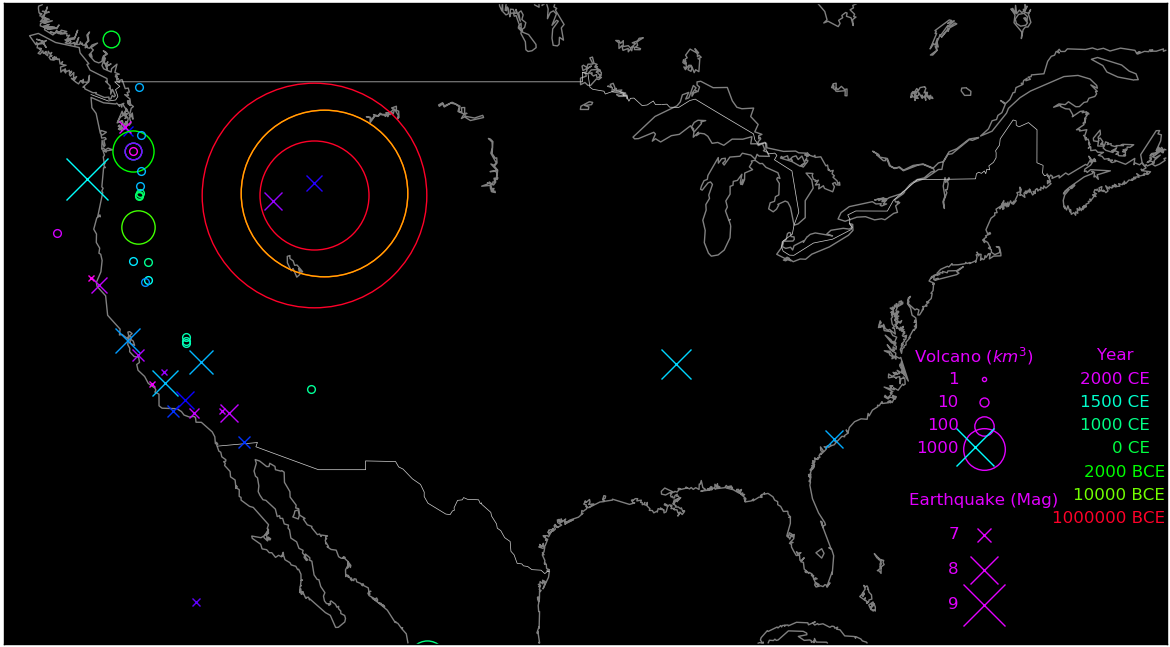 |
|---|
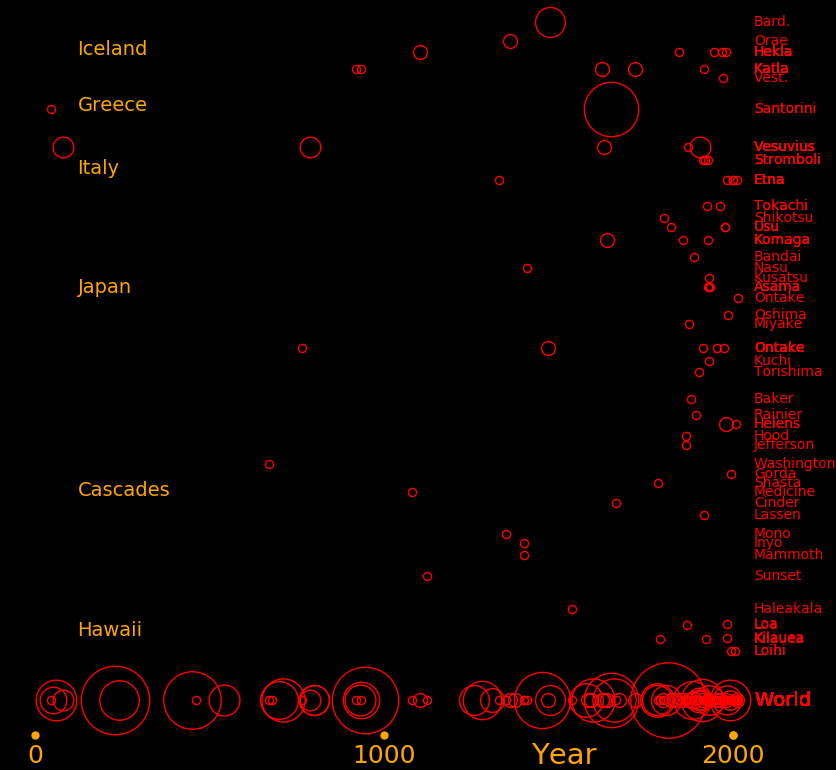 |
|---|
 |
|---|
 |
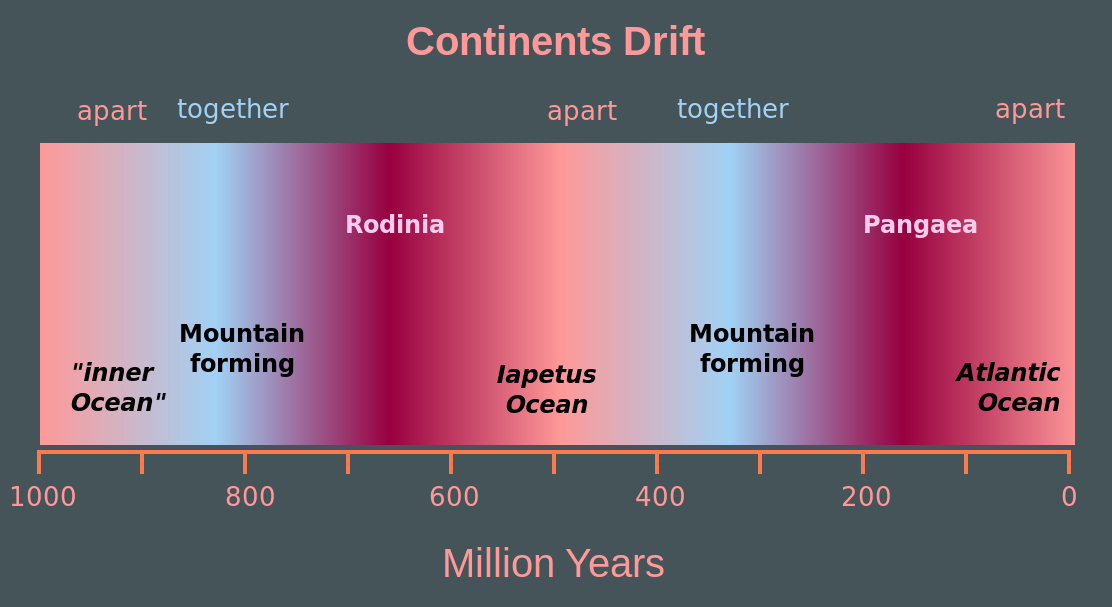 |
|---|---|
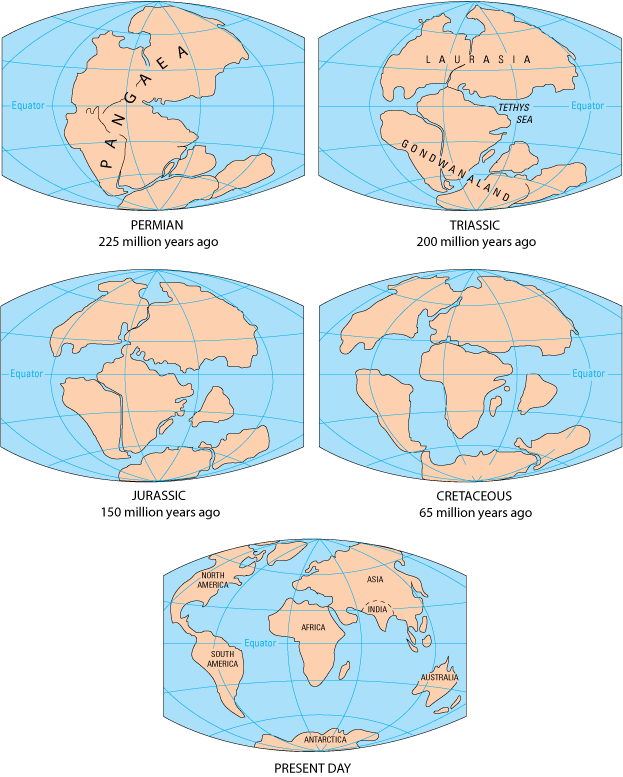 |
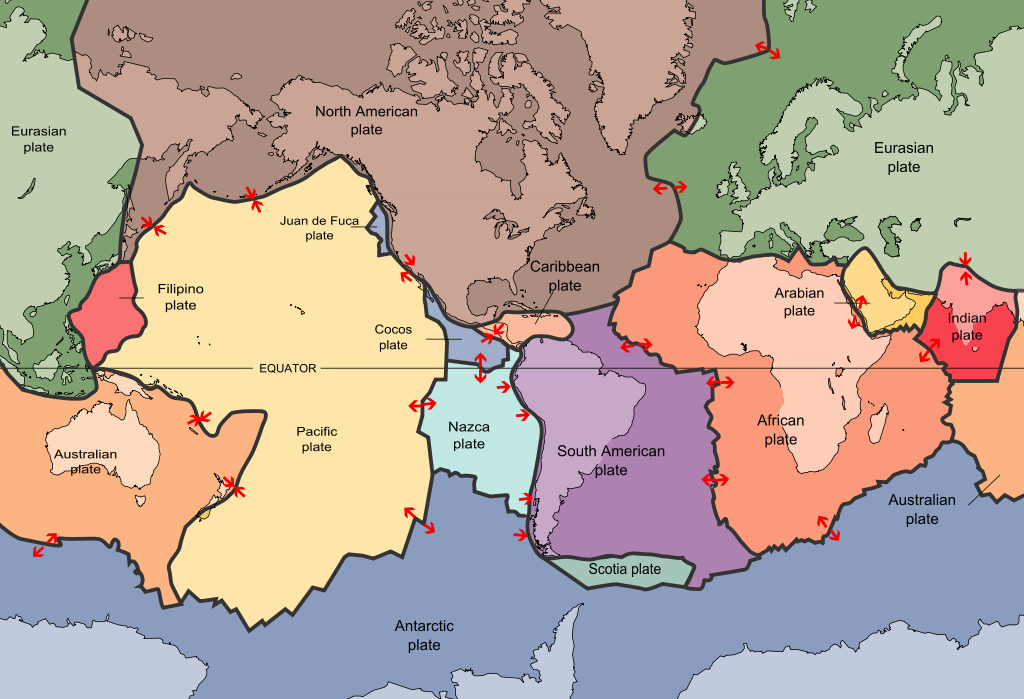 |
|---|---|
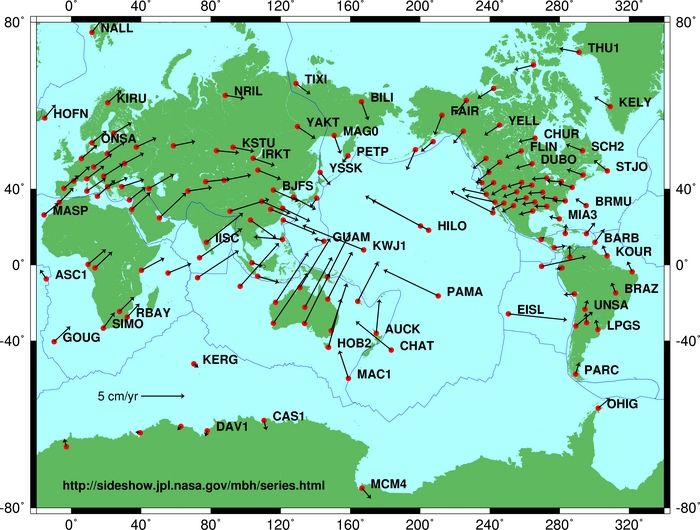 |
|---|
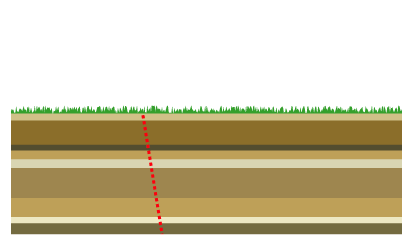 |
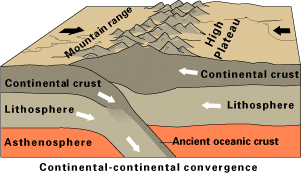 |
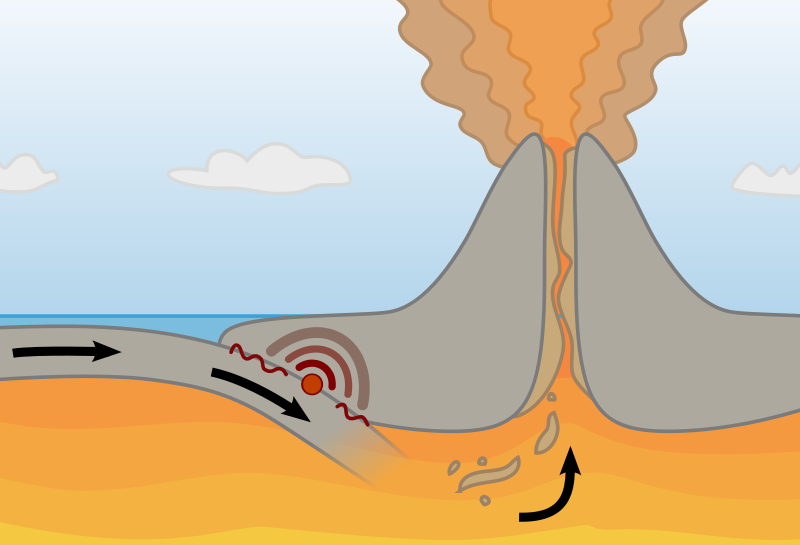 |
|---|---|---|
 |
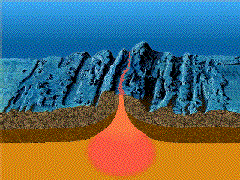 |
|---|---|
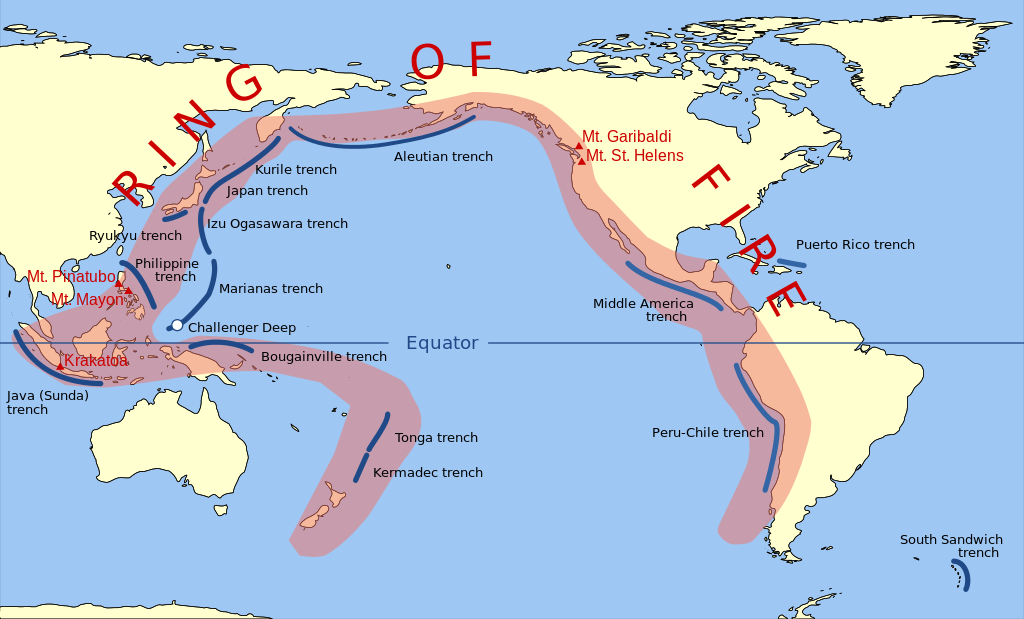 |
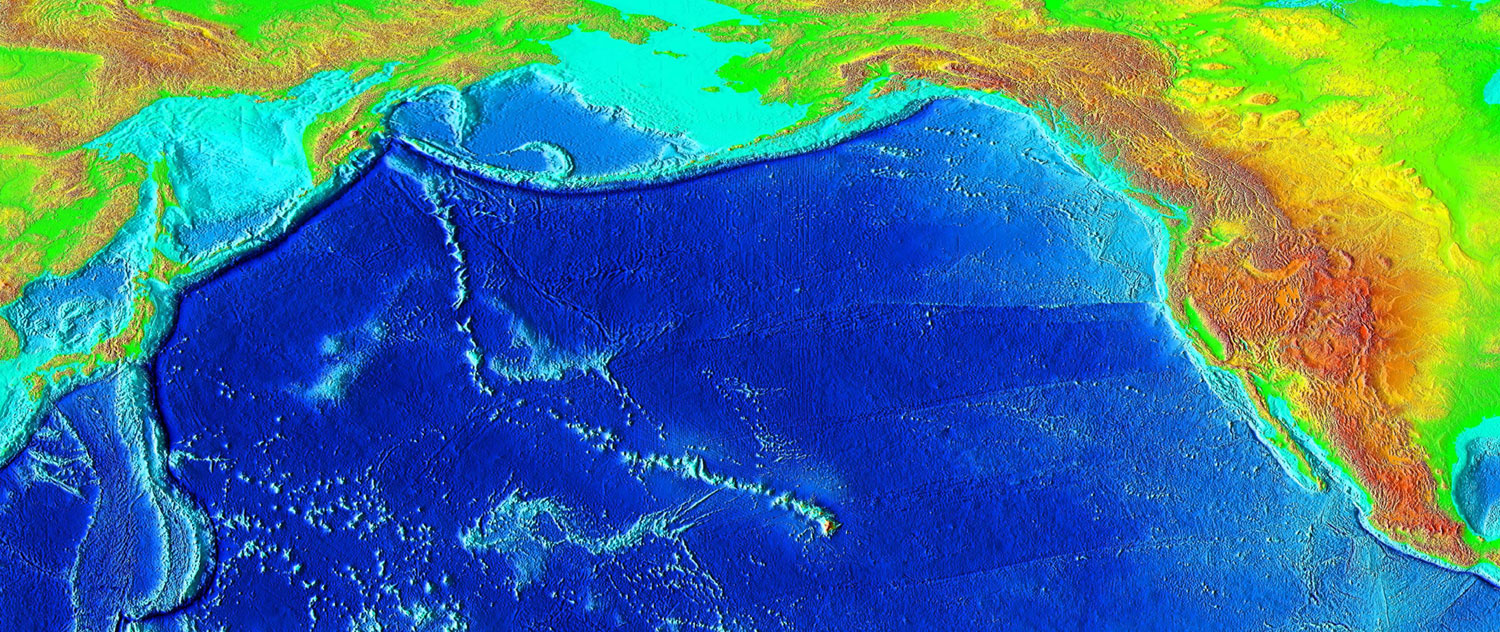 |
|---|---|
 |
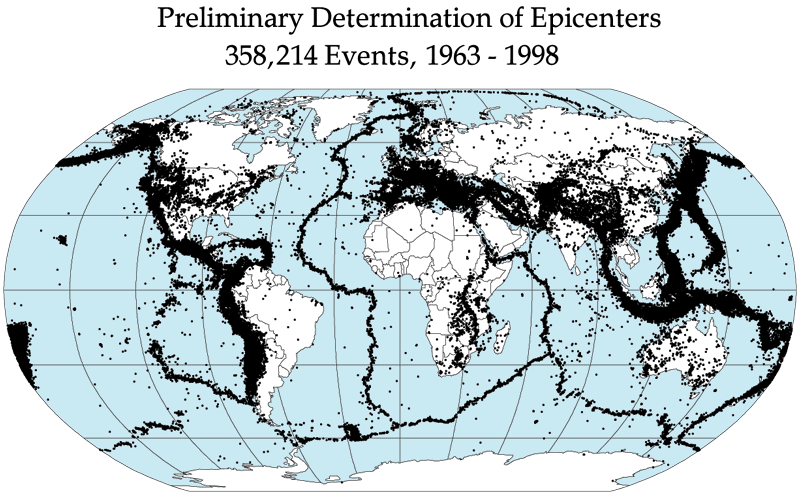 |
|---|---|
The largest earthquakes occur at subduction zones and they cause the largest tsunamis. The pacific plate is being subducted by continental plates all around its circumference, making every city on the Pacific coast vulnerable to tsunamis.
The Atlantic Ocean is expanding and doesn't have subduction zones.
Volcanoes tend to form behind subductions zones, for example the mountains in Washington and Japan.
Earthquake tsunamis are more frequent than asteroid tsunamis.
The largest earthquakes have magnitude 10. Only an asteroid can cause a larger tsunami than this.
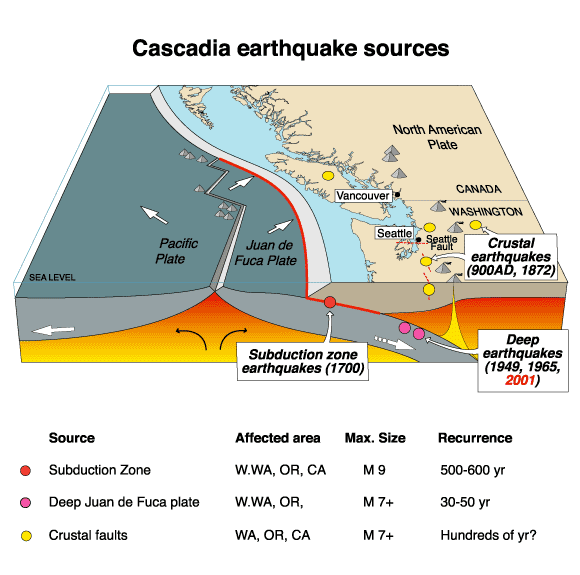 |
 |
|---|---|
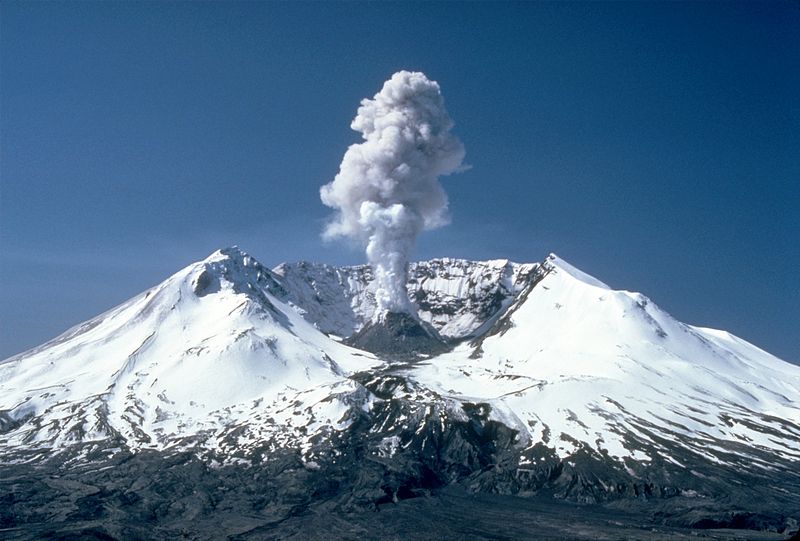 |
 |
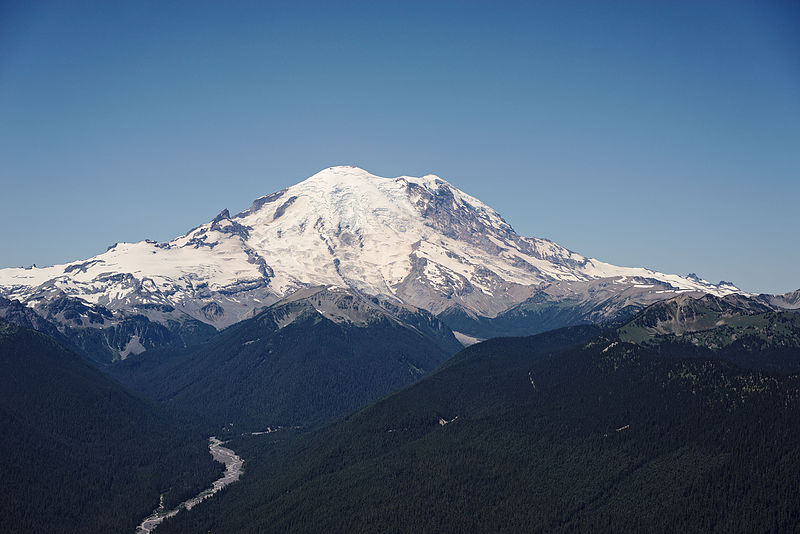 |
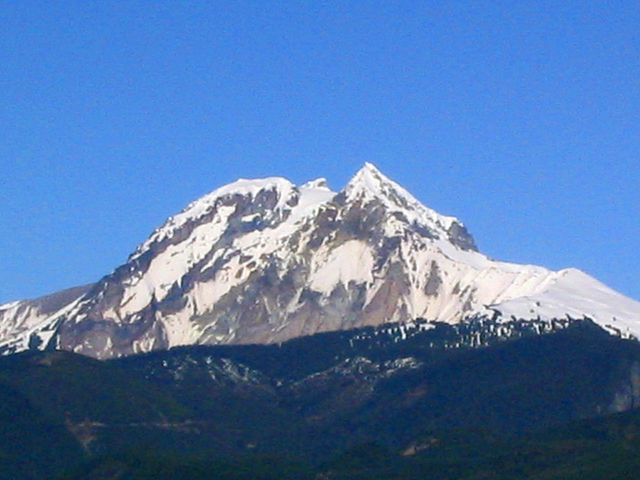 |
|---|---|---|---|
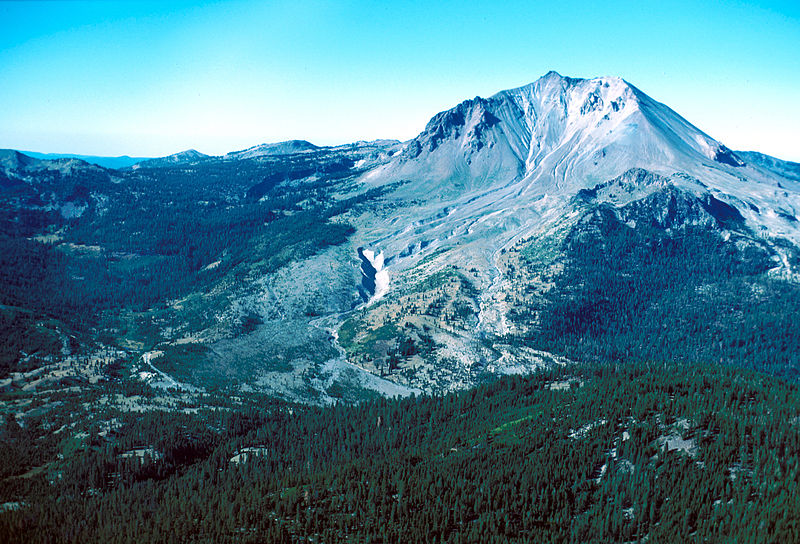 |
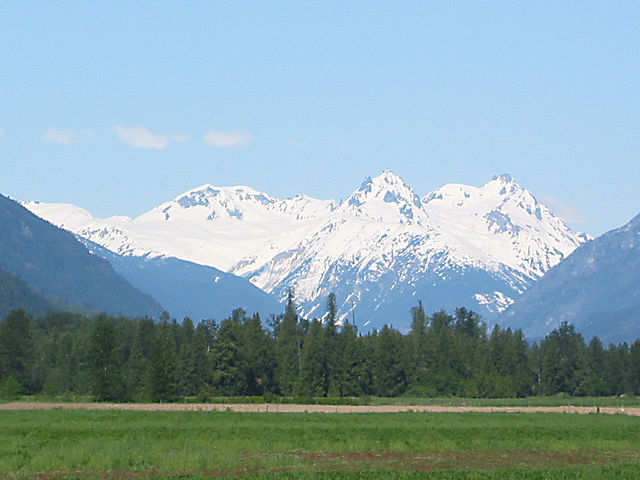 |
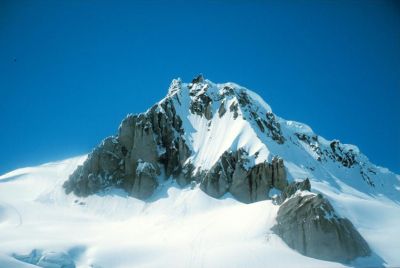 |
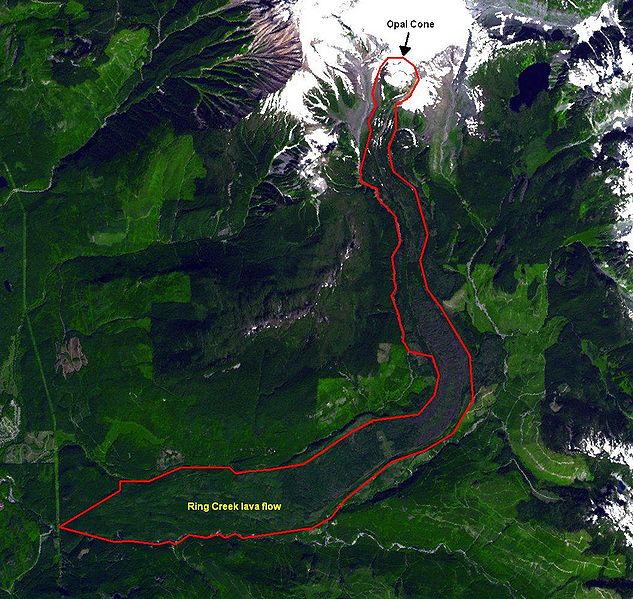 |
|---|---|---|---|
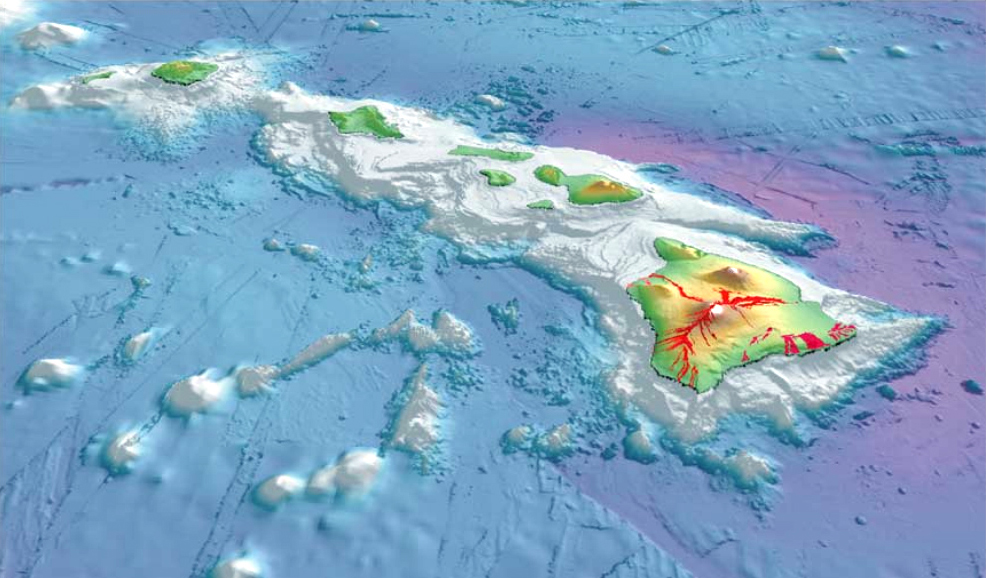 |
 |
|---|---|
 |
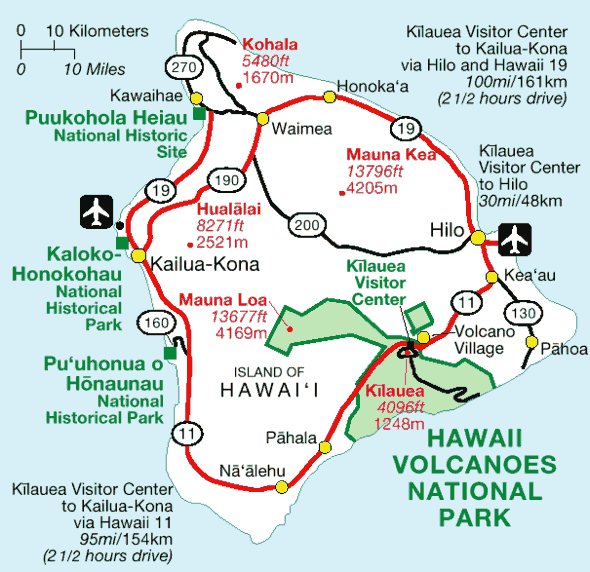 |
|---|---|
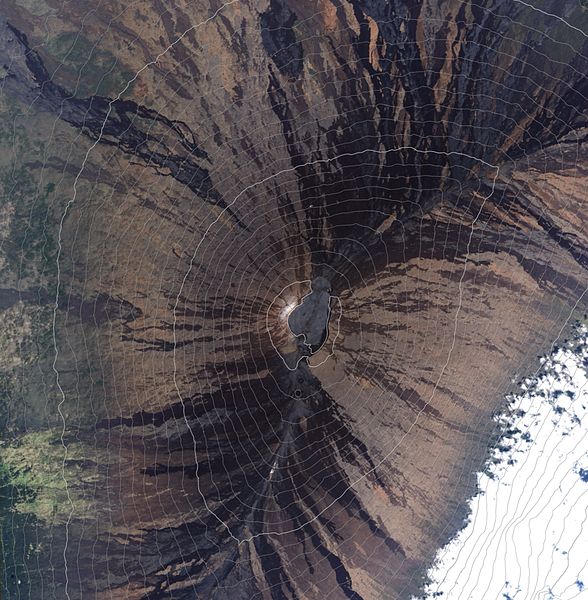 |
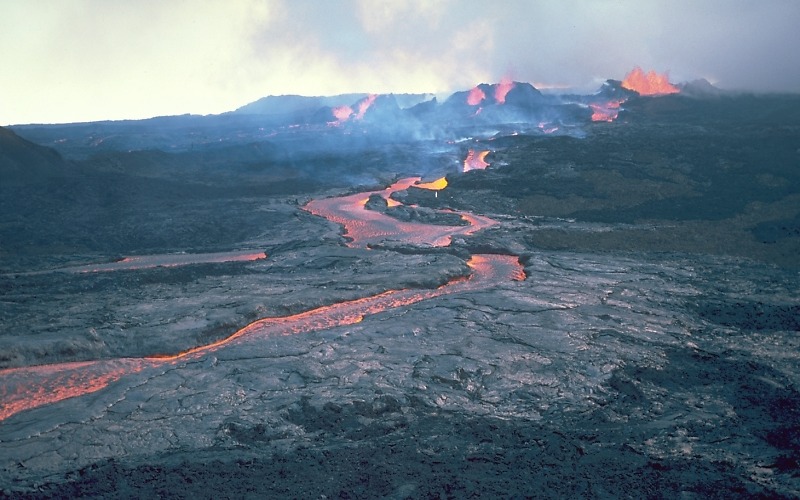 |
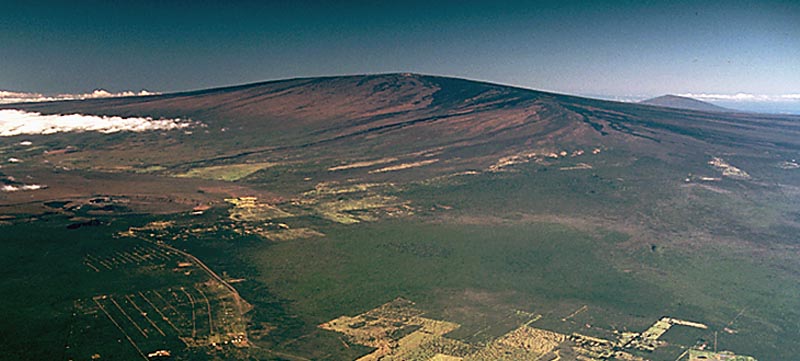 |
|---|---|---|
Mauna Loa is the most active volcano in Hawaii.
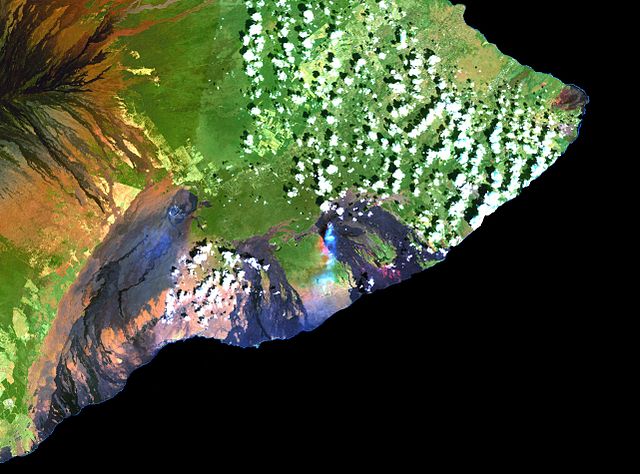 |
 |
 |
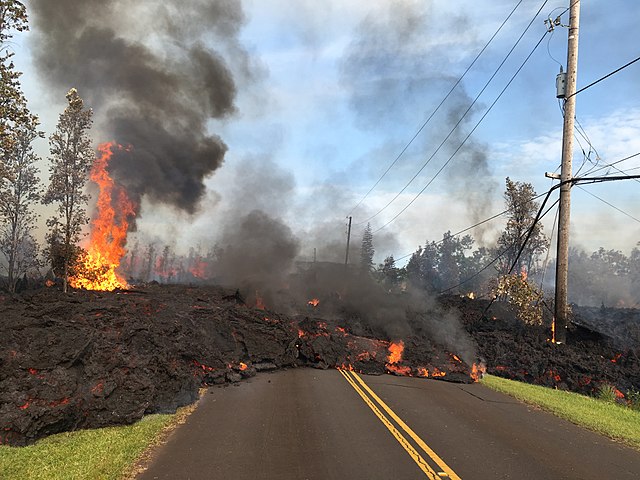 |
|---|---|---|---|
 |
|---|
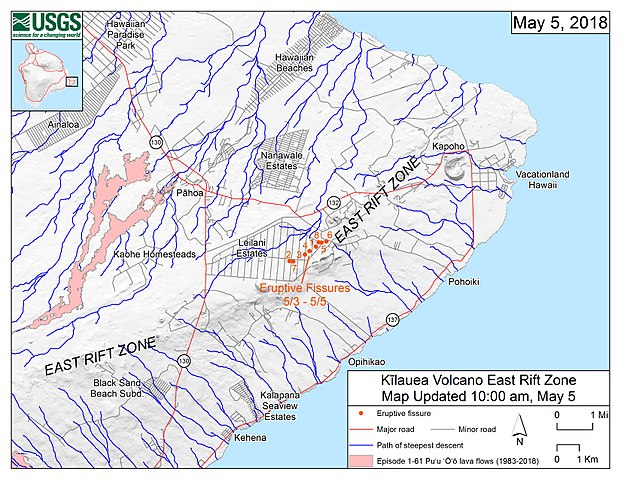 |
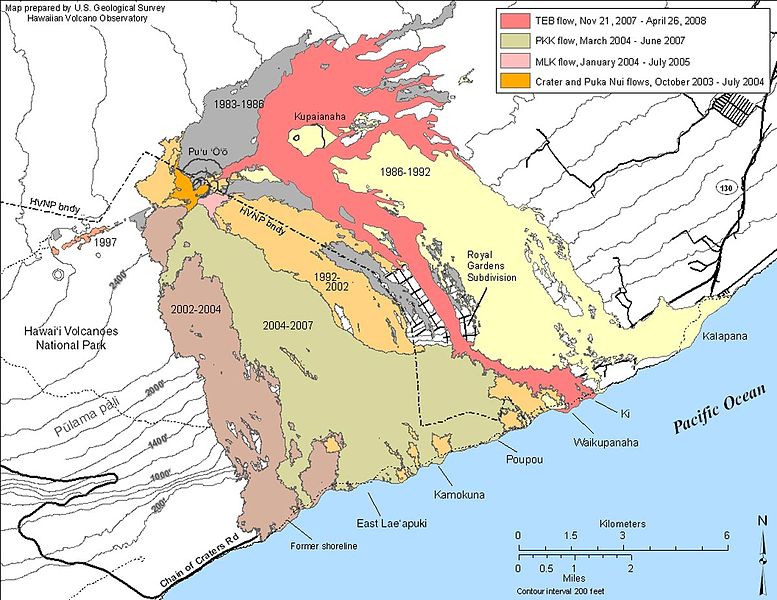 |
|---|---|
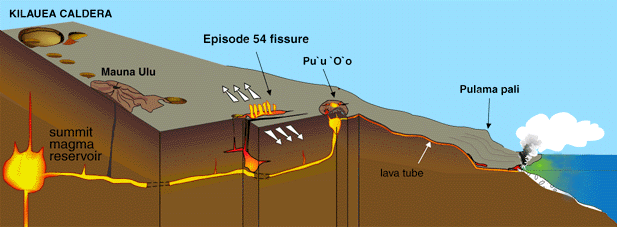 |
|
|---|---|
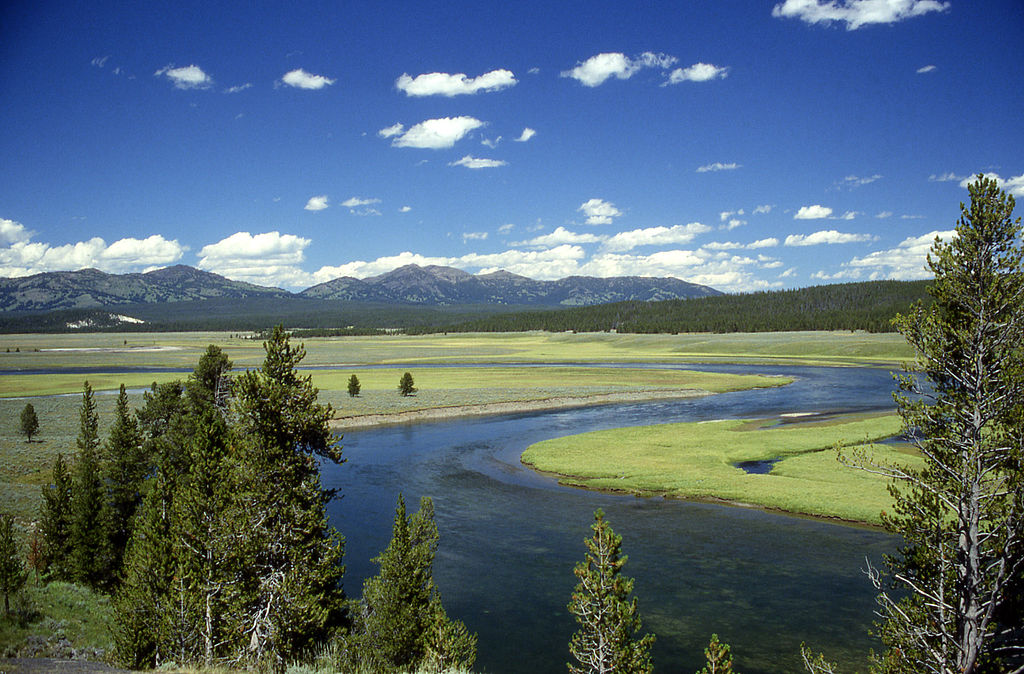 |
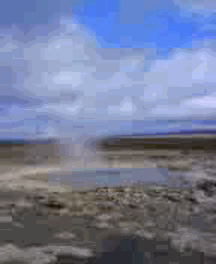 |
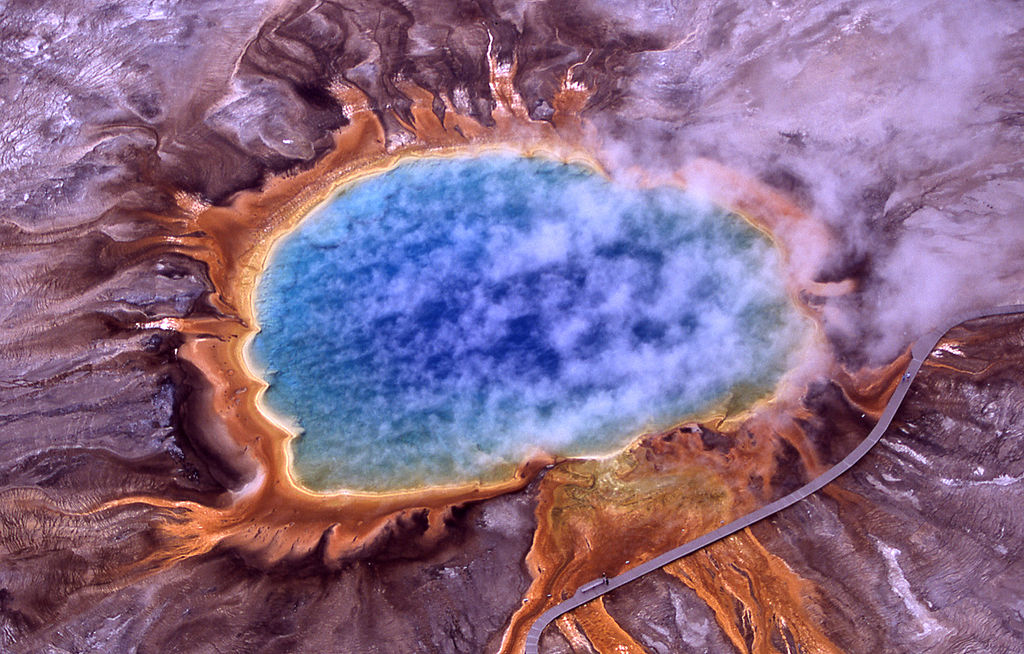 |
|---|---|---|
 |
|
|---|---|
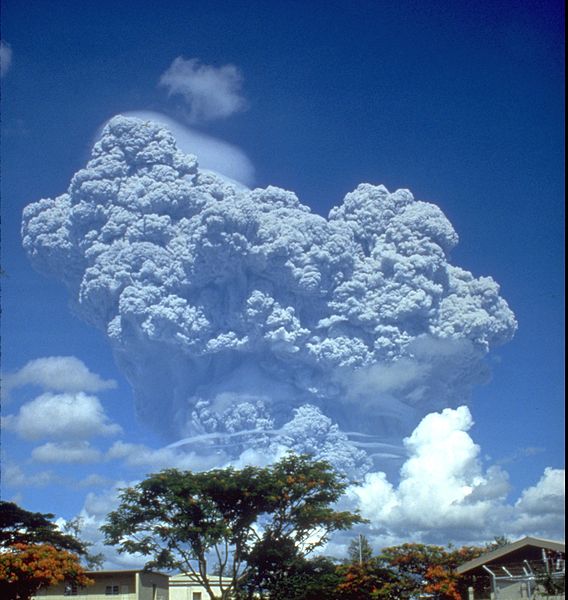 |
 |
|---|---|
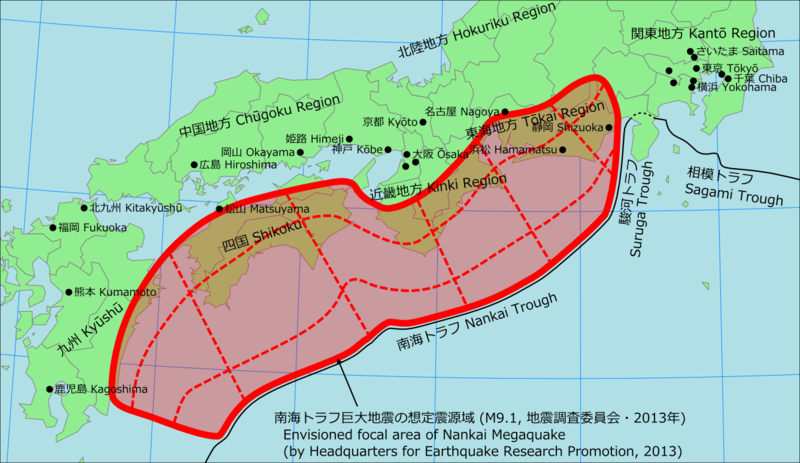 |
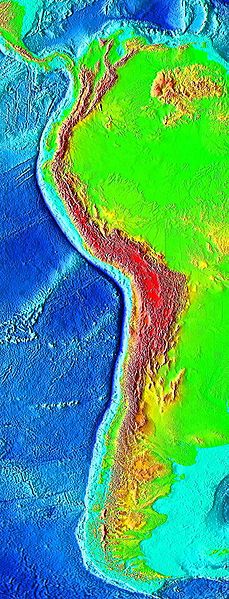 |
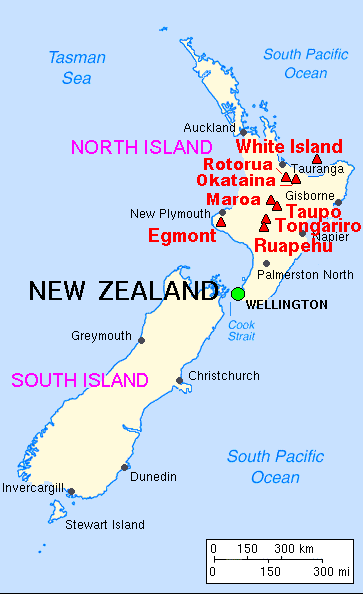 |
|---|---|---|
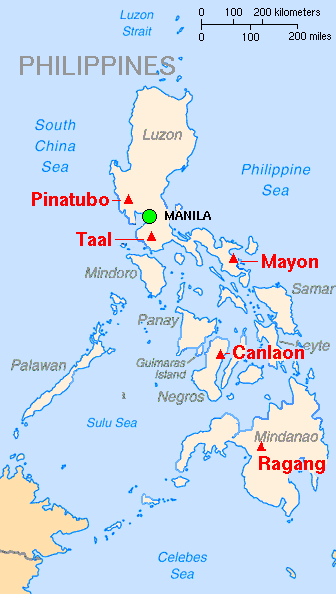 |
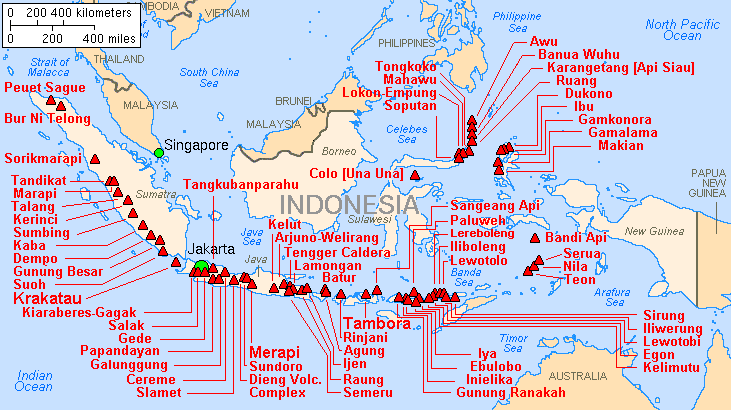 |
|---|---|
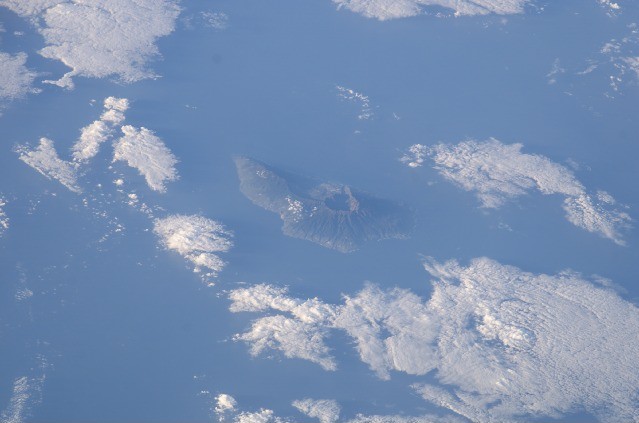 |
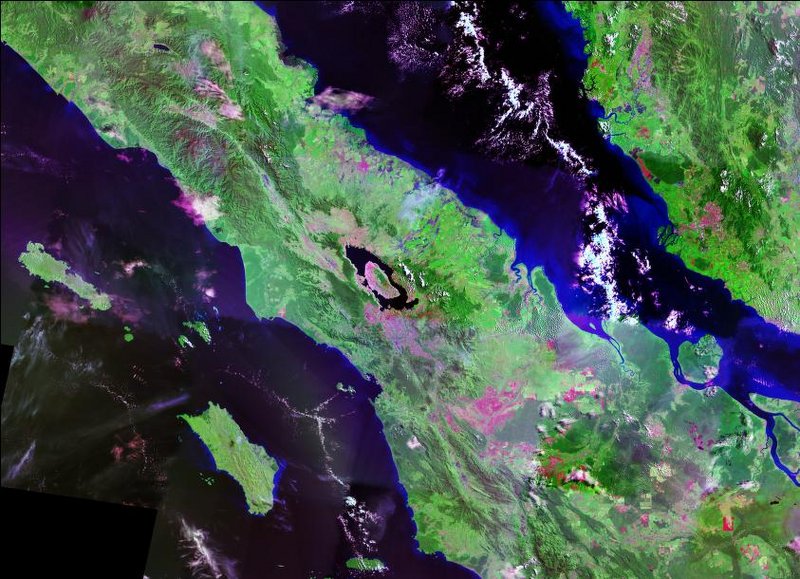 |
|
|---|---|---|
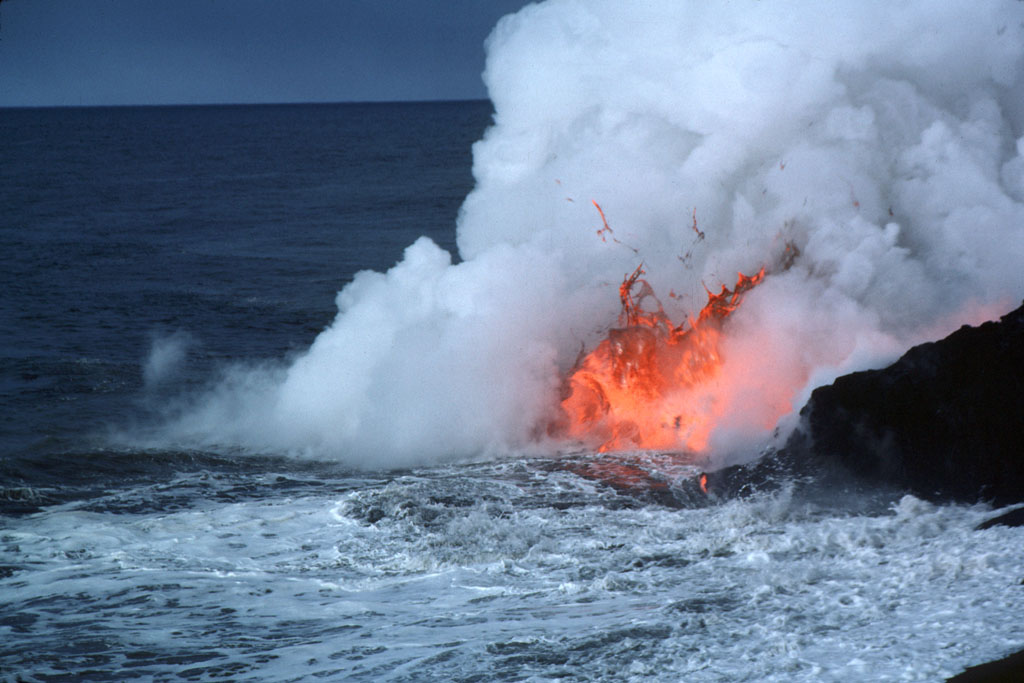 |
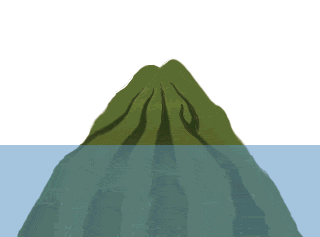 |
|---|---|
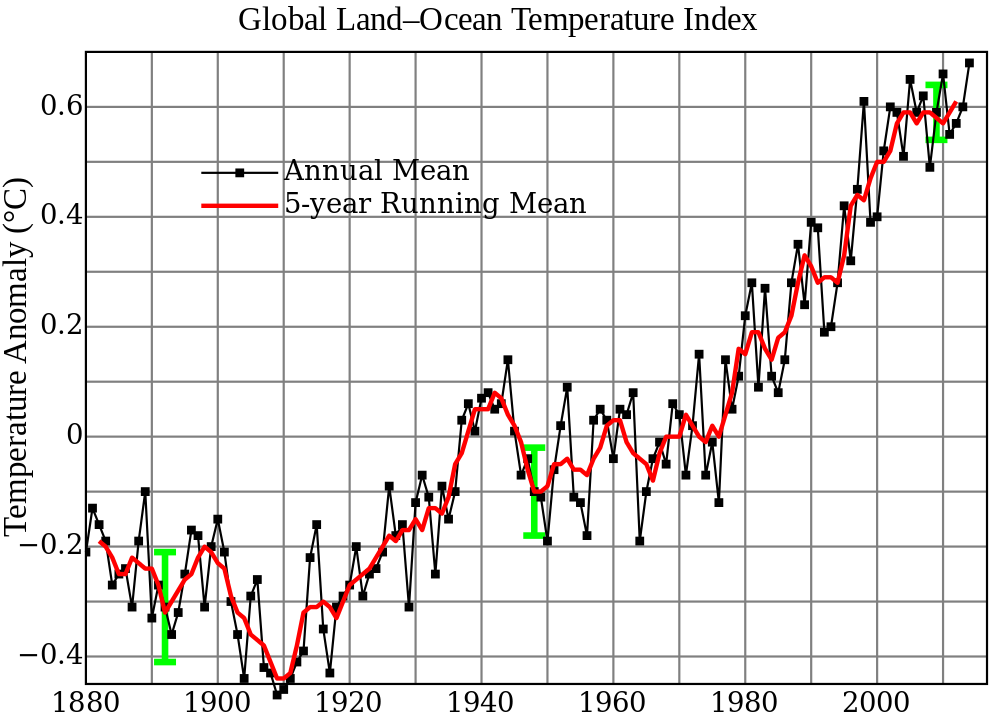 |
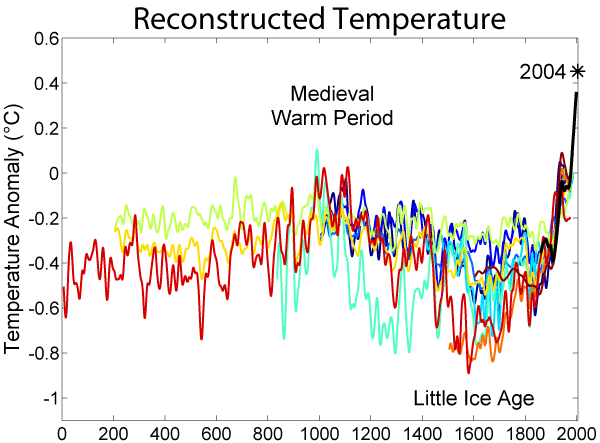 |
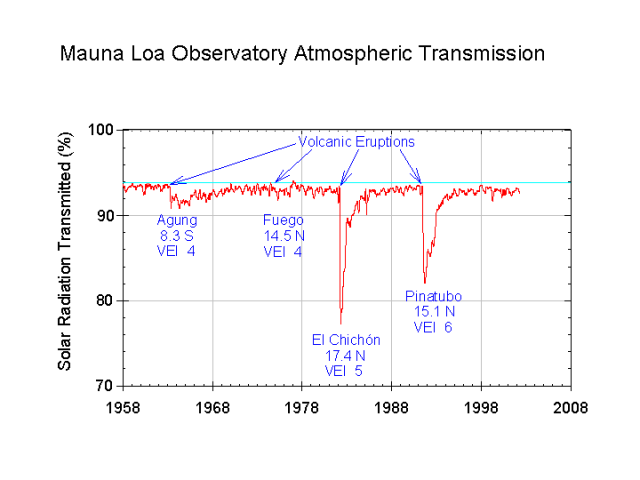 |
|---|---|---|
 |
|---|
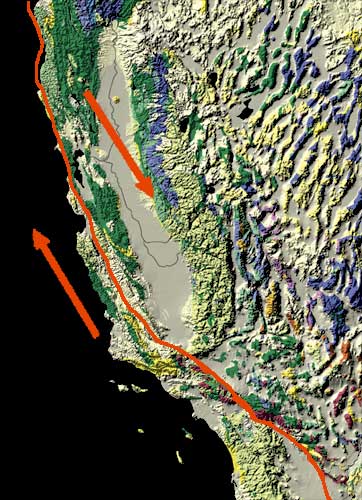 |
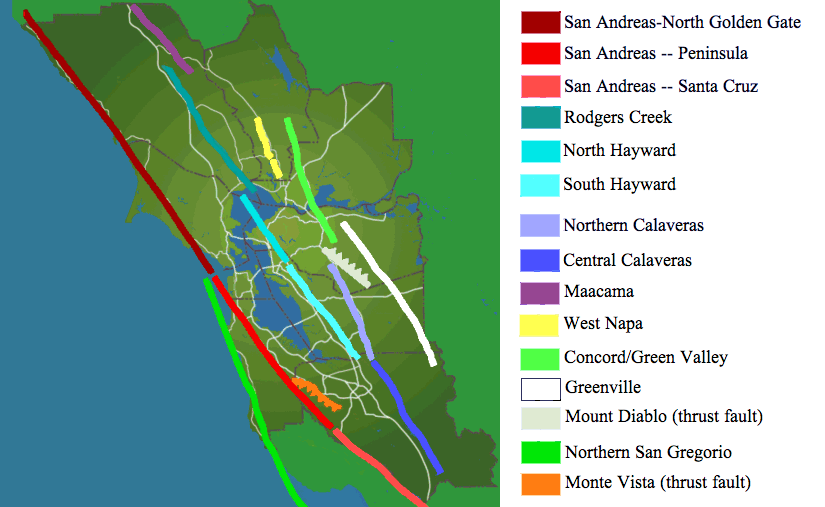 |
 |
|---|---|---|
Magnitude Year Megathrust
Japan, Tohoku Region 9.0 2011 * Fukushima nuclear disaster
Chile, Offshore Maule 8.8 2010 *
Indonesia, Sumatra 9.1 2004 * Tsunami
Chile, Valdivia 9.5 1960 * Largest quake in recorded history
San Francisco 7.8 1906
South Carolina 7.3 1886 Intraplate
Missouri 8.1 1811 Intraplate
Pacific Ocean, Cascadia 9.0 1700 *
Sparta Earthquake 7.2 -464 Lead to a Helot revolt and the Peloponnesian War
A megathrust earthquake occurs when a subduction fault breaks.
.svg.png) |
|---|
 |
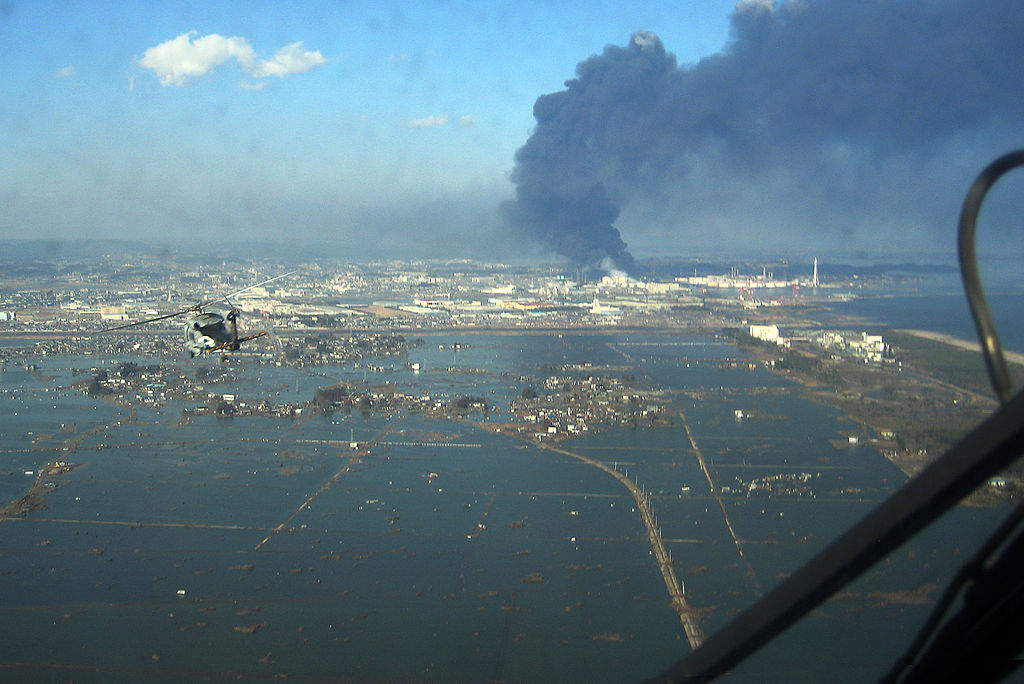 |
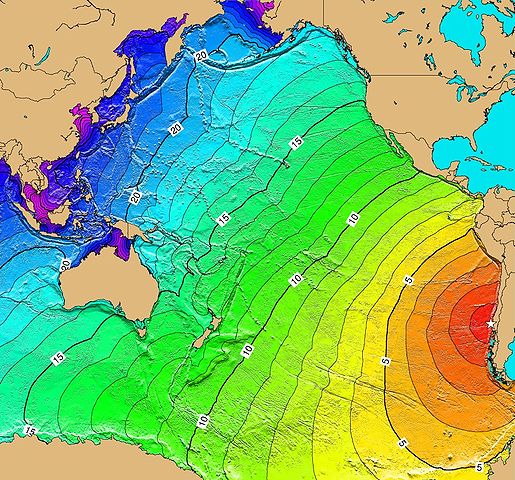 |
|---|---|---|
 |
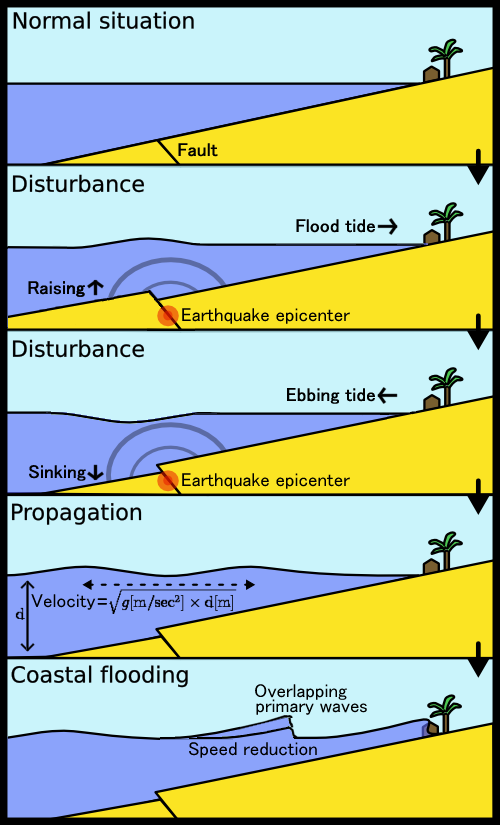 |
|---|---|
Gravity constant = g = 9.8 m/s2 Ocean depth = H = 3700 meters (average) Wavelength = λ Wave period = T Wavespeed (shallow water) = Vshallow = (g H)½ (shallow if λ > H) Wavespeed (deep water) = Vdeep = (2π)-½ (g λ)½ = g T / (2π) (deep if λ < H) Tsunami speed = 190 m/s = Mach .56 (Shallow wavespeed and H=3700 meters) Commercial airplane speed = 300 m/s = Mach .9 Speed of sound = 340 m/s = Mach 1.0 Tsunami distance in 1 hour = 680 km
 |
 |
|---|---|
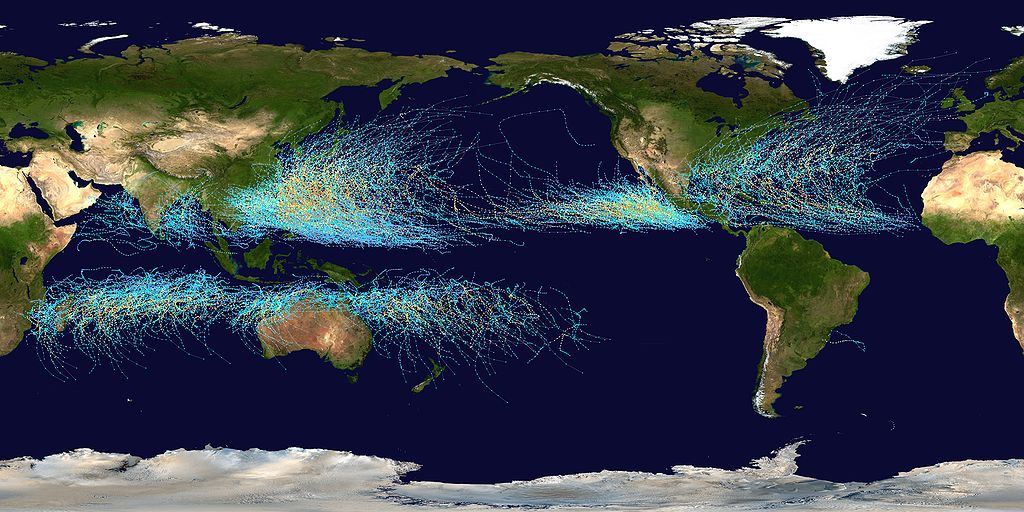 |
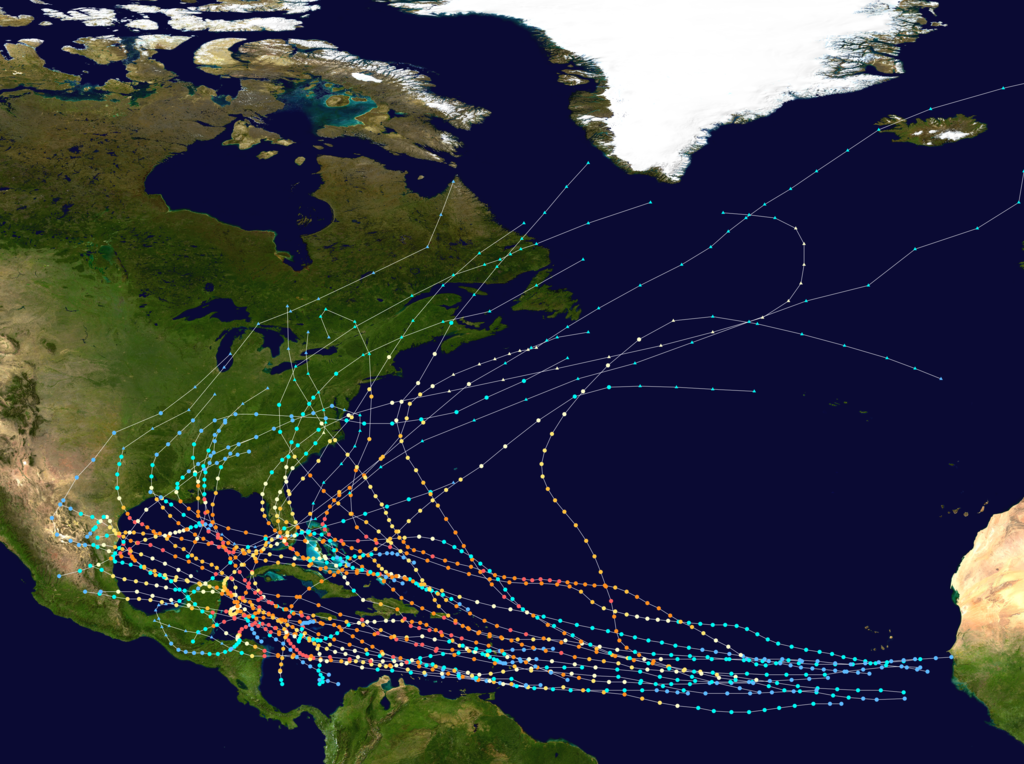 |
|---|---|
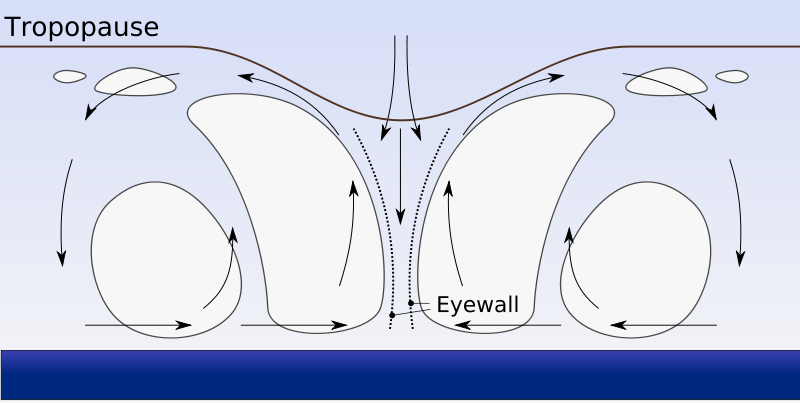 |
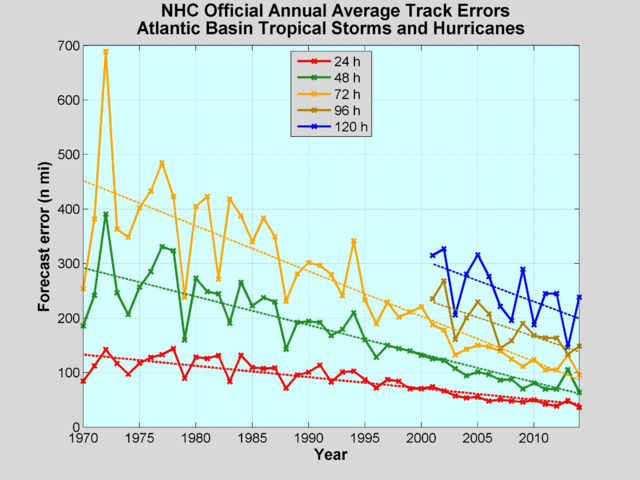 |
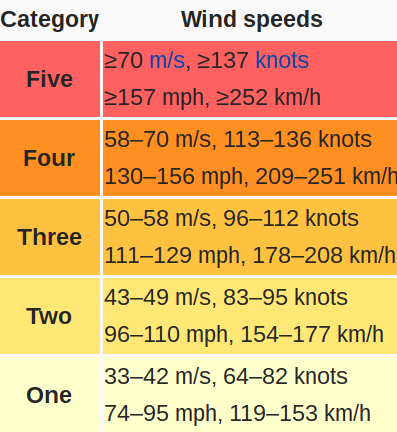 |
|---|---|---|
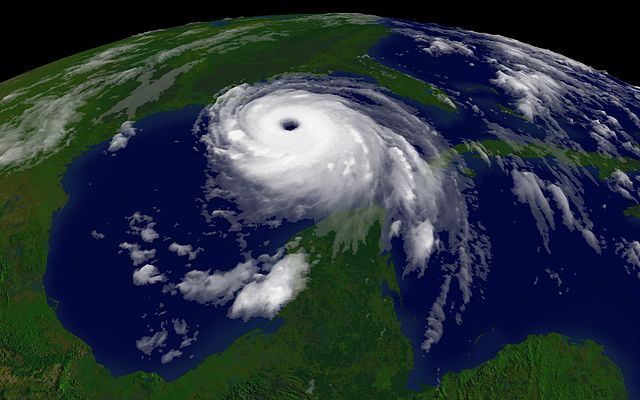 |
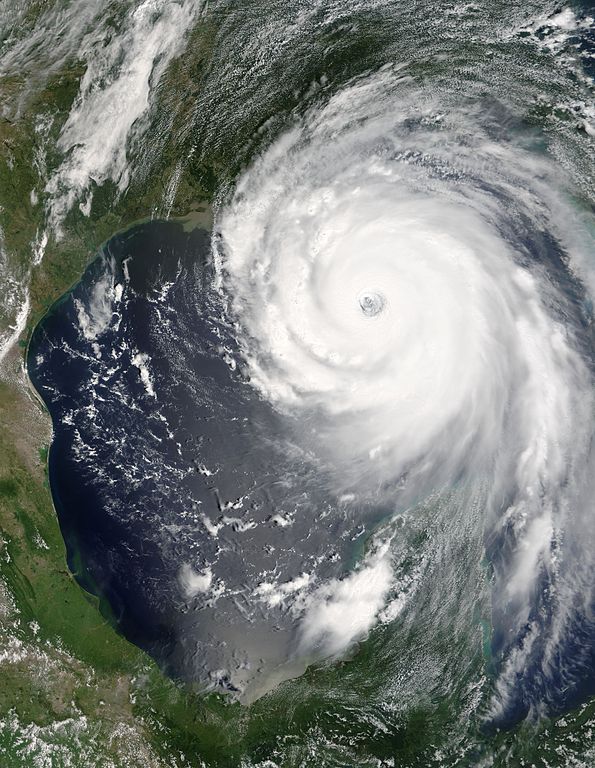 |
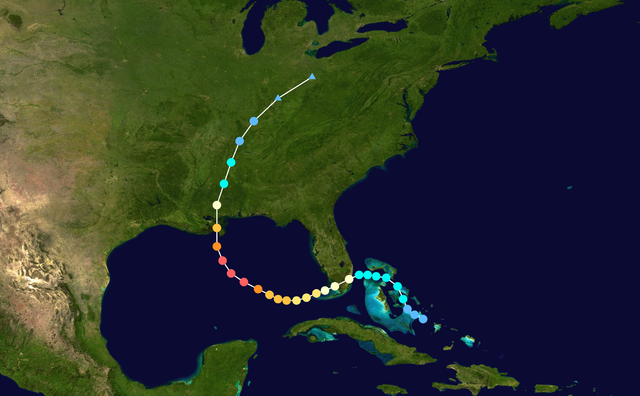 |
|---|---|---|
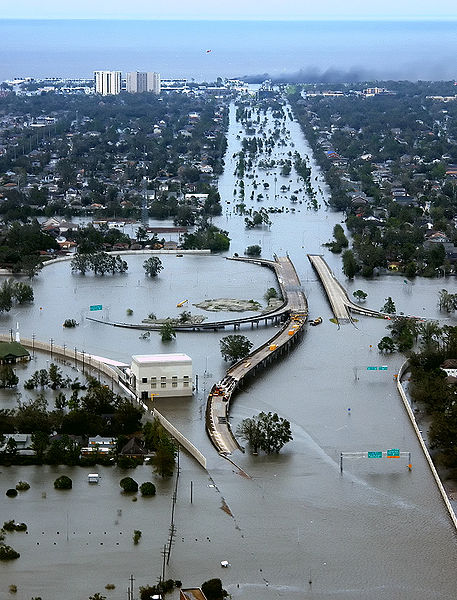 |
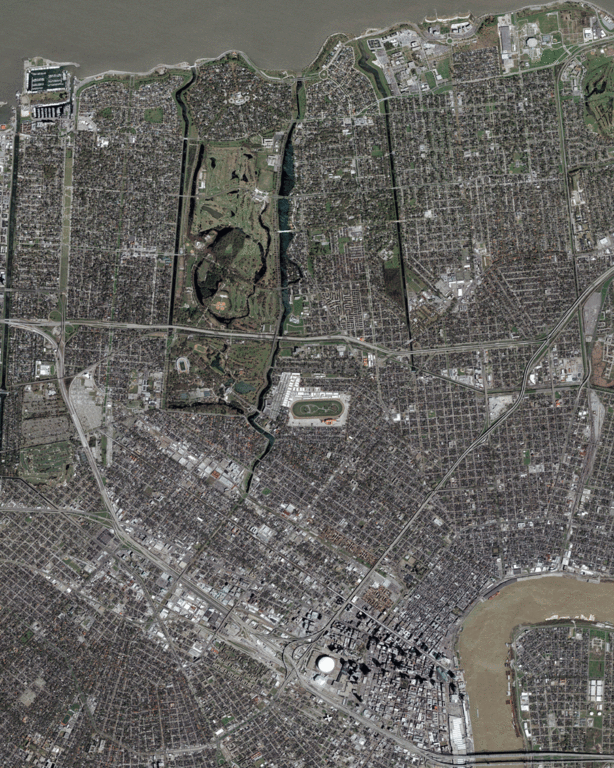 |
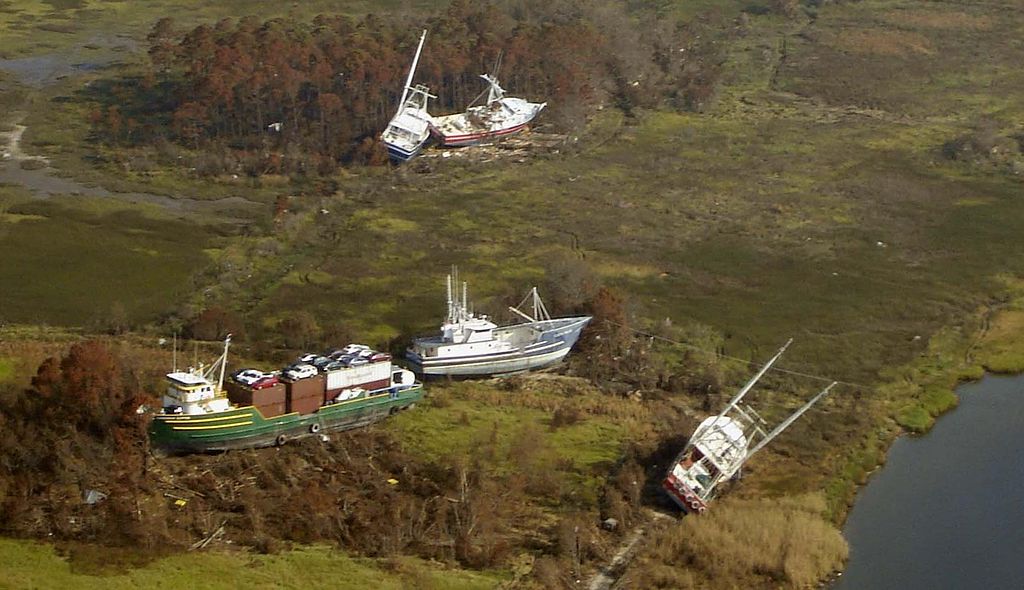 |
|---|---|---|
 |
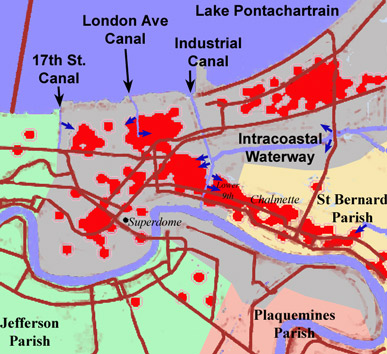 |
|---|---|
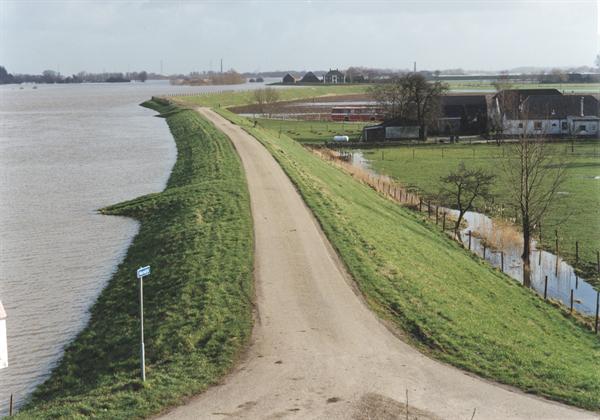 |
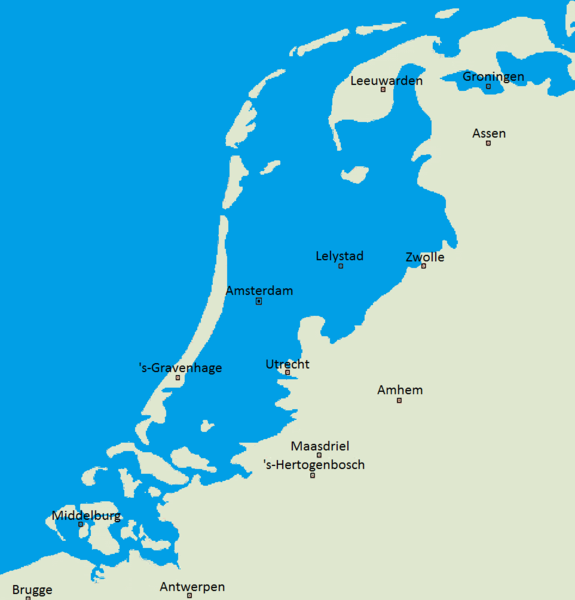 |
|---|---|
Wind speed Pressure Pressure
(m/s) (Bars) (Pascals)
Storm 18 .0014 14
Tornado T1 25 .0027 27
Tornado T2 33 .0047 48
Hurricane 1 33 .0047 48
Tornado T3 42 .0076 77
Hurricane 2 43 .0080 81
Hurricane 3 50 .0108 110
Tornado T4 52 .0117 120
Hurricane 4 58 .0146 150
Tornado T5 62 .0166 170
Hurricane 5 70 .0212 215
Tornado T6 73 .0230 235
Tornado T7 84 .0305 310
Tornado T8 96 .040 4050
Tornado T9 108 .050 5100
Fastest cyclone 113 .055 5600 Cyclone Olivia
Tornado T10 121 .063 6410
Tornado T11 135 .079 7961 Fastest wind speed recorded
Sound speed 340 .50 51000
TORRO Index = T
TORRO wind speed = VTORRO = 2.365 (T+4)3/2
Atmos. pressure = Patm = 101300 Pascals
Air density = D = 1.22 kg/m^3
Air gamma number = γ = 7/5
Wind speed = V
Sound speed = Vsound = 340 m/s = (γ Patm/D)½
Mach number = M = V / Vsound
Cross section = A
Drag coefficient = C = 1 (Assume C=1. Usually between ½ and 1)
Drag pressure = Pdrag = ½ C D V2
= ½ C γ M2 Patm
Drag force = F = ½ C D A V2 = A Pdrag
Rule of thumb: Pdrag ≈ ½ M2 Patm
Tornadoes are classified with the TORRO scale and
hurricanes are classified with the Saffir-Simpson scale.
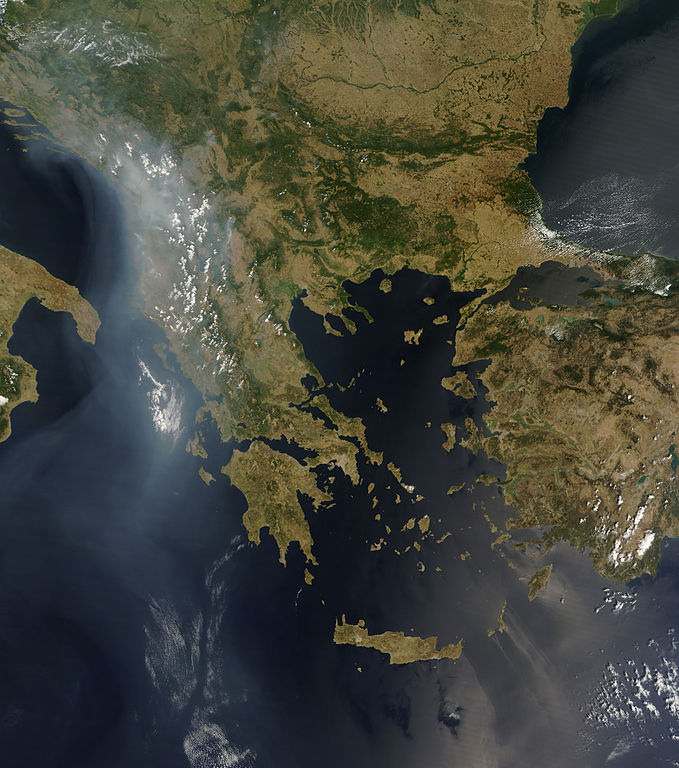 |
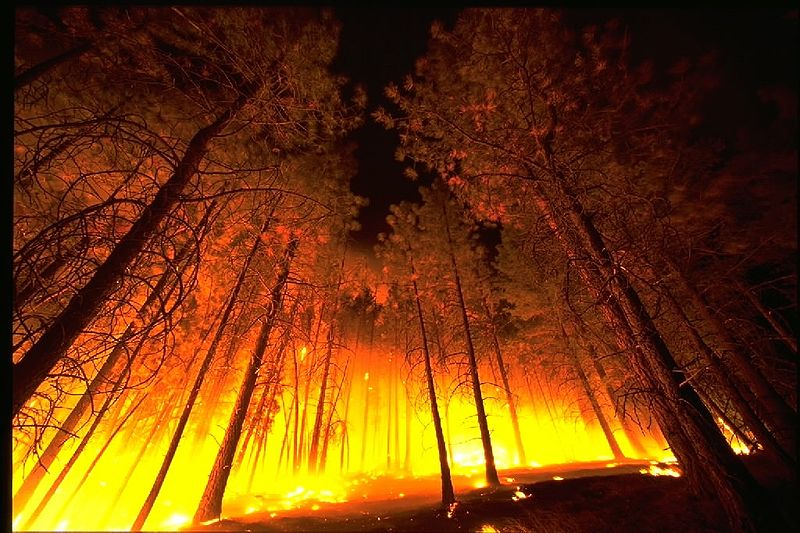 |
.jpg) |
 |
|---|---|---|---|
 |
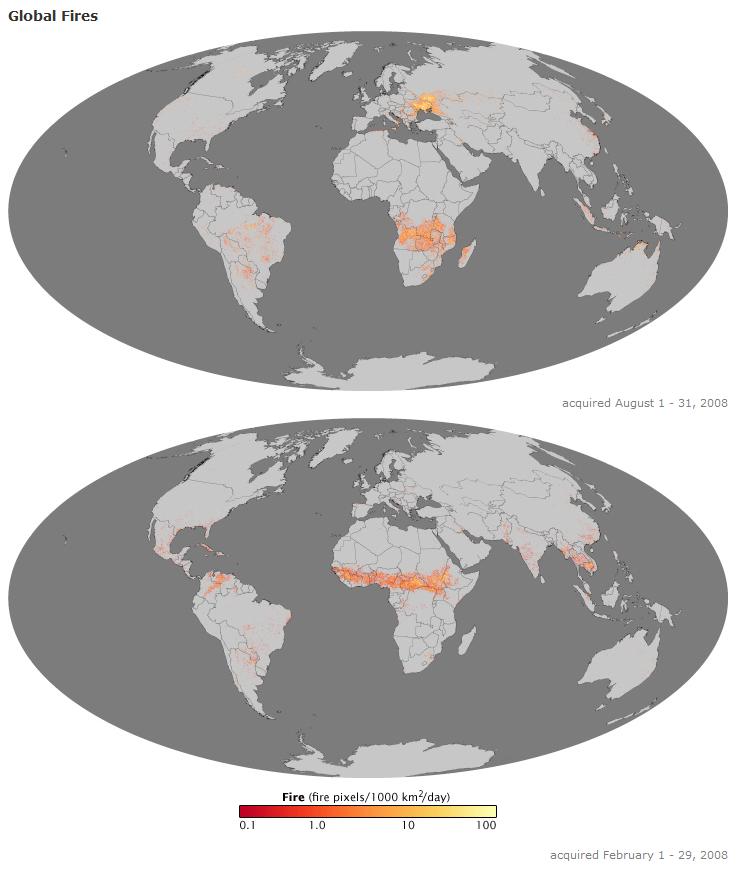 |
|---|---|
 |
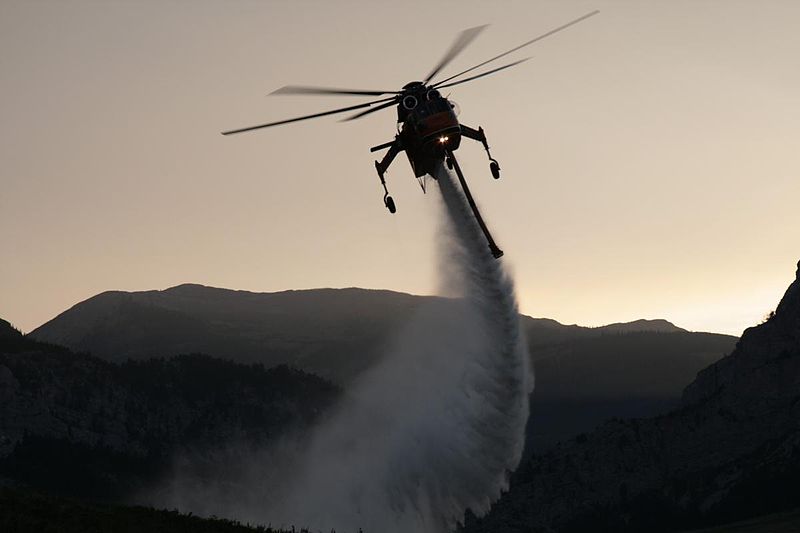 |
|---|---|
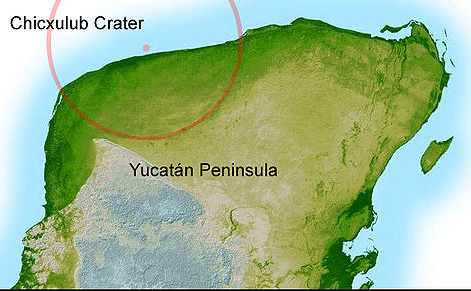 |
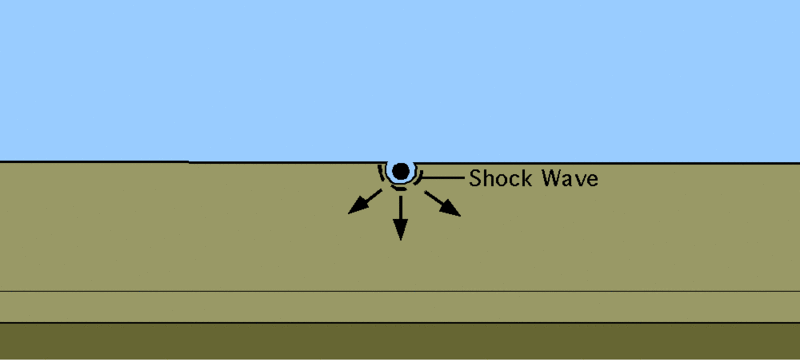 |
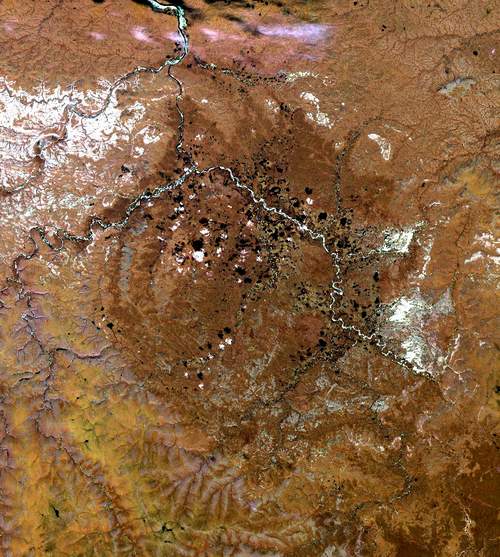 |
|---|---|---|
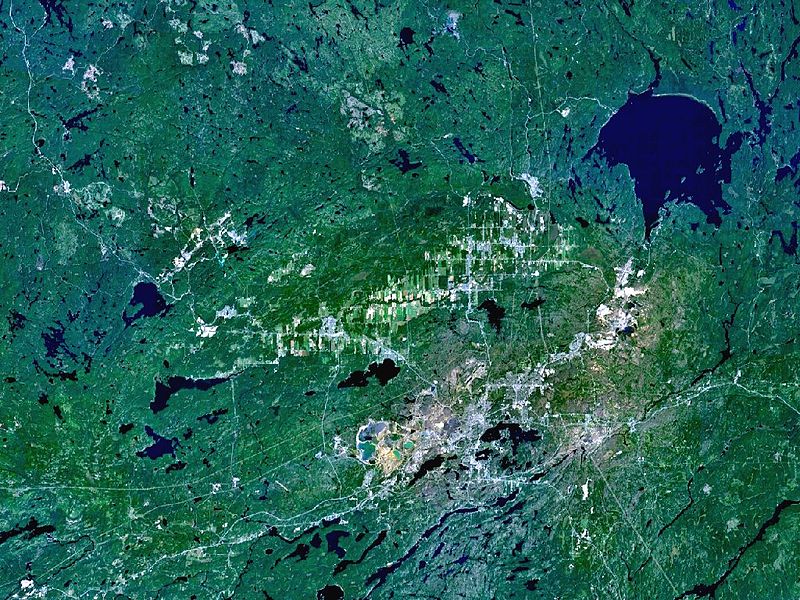 |
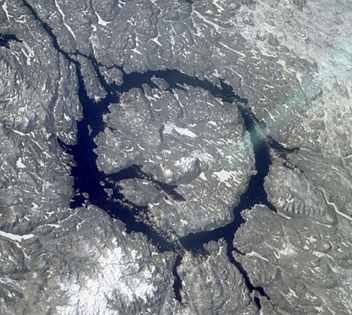 |
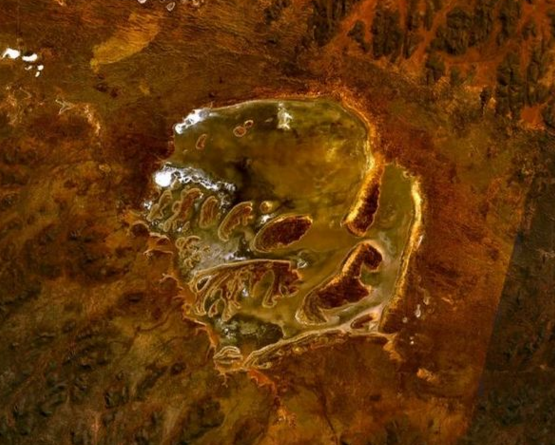 |
|---|---|---|
 |
 |
|---|---|
Diameter Age
(km) (Myears)
Australia 600 545
India Shiva Crater 500 65
Antarctica Wilkes Land 490 400 Permian-Triassic
Canada Nastapoka 450 ?
S. Africa Vredefort 300 2023
Australia West offshore 250 250
Canada Sudbury 250 1849
Australia South 200 300
Mexico Chicxulub 180 66 12 km asteroid. Cretaceous-Paleogene extinction
Scotland Offshore 150 1170
Greenland Maniitsoq 100 3000
Siberia Popigai 100 35 Eocene-Oligocene extinction
Canada Quebeq 100 215
Quebec Manicouagin 100 214 5 km diameter asteroid
Australia Acraman 90 580
S. Africa Morokweng 70 145
Russia Kara 65 70
Canada Queensland 55 125
Tajikstan Karakul 52 <25
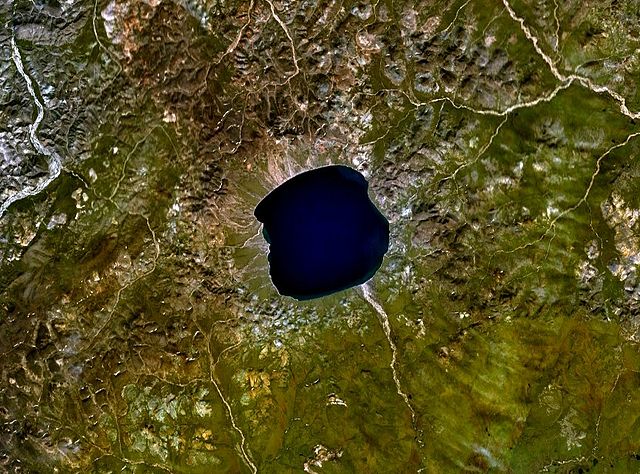 |
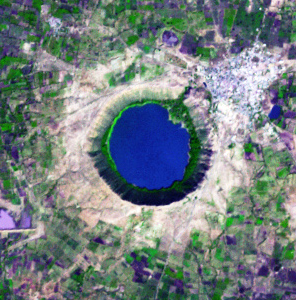 |
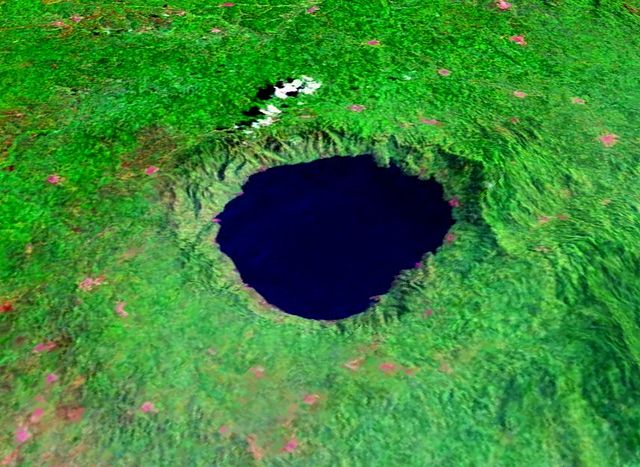 |
|---|---|---|
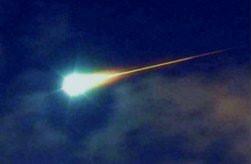 |
 |
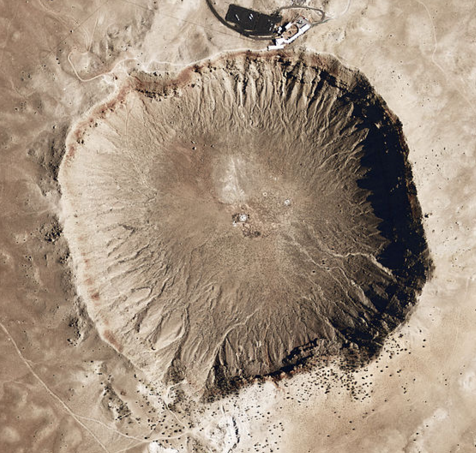 |
 |
|---|---|---|---|
Crater diam Age
(km) (Myears)
Chelyabinsk - .00001 19 meter asteroid
Tunguska - .0001 50 meter asteroid
S. Arabia Wabar .1 .0001
Estonia Kaali .1 .004
Australia Henbury .2 .0042
Australia Boxhole .2 .0054
Russia Macha .3 .007
Poland Morasco .1 .0099
Sahara Tenoumer 1.9 .021
Arizona Meteor Crater 1.2 .049
China Xiuyan 1.8 .050
India Lonar Crater 1.2 .052
Argentina Rio Cuarto 4.5 .100
S. Africa Tswaing 1.1 .220
Kazakhstan Zhamanshin 14 .9
Ghana Bosumtwi 10.5 1.1
SE Pacific Eltanin impact 35 2.5 3 km asteroid. May have caused ice age
Siberia Elgygytygn 18 3.5
Russia Karla 10 5
Kazakhstan Bigach 8 5
Germany 24 14.4
USA Chesapeake Bay 40 35
Siberia Popigai 100 35 Eocene-Oligocene extinction
Canada Newfoundland 28 36.4
Canada Nunavut 23 39
Russia Siberia 20 40
Russia Southwest 25 49
Canada Nova Scotia 45 50.5
India Shiva Crater 500 65
Ukraine 24 65
Mexico Chicxulub 180 66 12 km asteroid. Cretaceous-Paleogene extinction
The crater for the Eltanin impact has not been found.
Asteroid Energy Interval Crater Airburst
diam (Mtons diam altitude
(m) TNT) (years) (km) (km)
4 .003 1.3 42.5
7 .016 4.6 36.3
10 .047 10 31.9
15 .159 27 26.4
20 .376 60 22.4
30 1.3 185 16.5
50 5.9 764 8.7
70 16 1900 3.6
85 29 3300 .58
100 47 5200 1.2 0
130 103 11000 2.0
150 159 16000 2.4
200 376 36000 3.0
250 734 59000 3.8
300 1270 73000 4.6
400 3010 100000 6.0
700 16100 190000 10
1000 47000 440000 13.6
5000 10 mil 100
1 Mton TNT = 4.2e15 Joules
Magnitude 9 earthquake = 2e22 Joules
1 kiloton TNT explosion = Magnitude 4.0 earthquake
Asteroids less than 200 meters in size can produce tsunamis but earthquake
tsunamis are more frequent. Asteroids larger than 200 meters can produce
tsunamis beyond any earthquake tsunami. Such events occur once every
36000 years.
Asteroid probabilities can be estimated from moon cratering. One expects 60 objects of at least 5 km in size to strike in last 600 million years. 3 such craters have been found.
 |
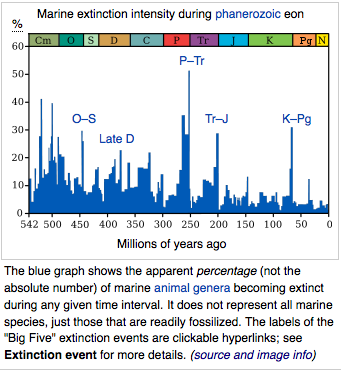 |
|---|---|
 |
|---|
Age Cause
(Myears)
Holocene extinction Now Industrial age
Quaternary extinction I .0013 Hunting. Smote the megafauna
Quaternary ice age maximum .0265
Quaternary ice age I .071 Ended .012 million years ago
Quaternary extinction II .074 Hunting
Quaternary ice age II .200 Ended .130 million years ago
Quaternary ice age III .476 Ended .424 million years ago
Quaternary extinction III .64 Glaciation and hunting
Quaternary ice age IV .676 Ended .621 million years ago
Quaternary ice age V 1.3 Ended .800 million years ago
Quaternary ice age start 2.5 Asteroid, 3 km. Ended 12 thousand years ago
Middle miocene extinction 14.5 Global cooling
Eocene-Oligocene extinction 34 Asteroid, Popigai crater. Global cooling
Paleocene-Eocene extinction 56 Global heating
Cretaceous-Paleogene extinction 66 12 km asteroid. Chixulub crater. Smote the dinosaurs
Triassic-Jurassic extinction 201 Volcanism
Permian-Triassic extinction 252 Asteroid, Bedout crater. Volcanism. Global warming
Karoo ice age 360 Lasted until 260 million years ago
Late Devonian extinction 370 Global cooling
Ordovician-Silurian extinction 445 Global cooling
Andean-Saharan ice age 460 Lasted until 420 Myears ago
Cryogenian ice age 850 Snowball Earth. Lasted until 630 Myears ago
Huronian ice age 2400 Great Oxygenation Event. 300 million year snowball earth
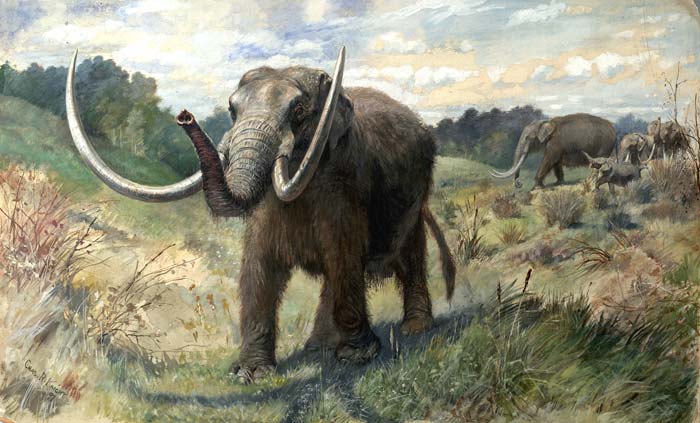 |
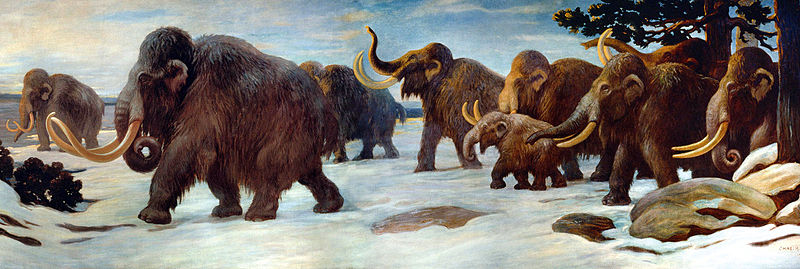 |
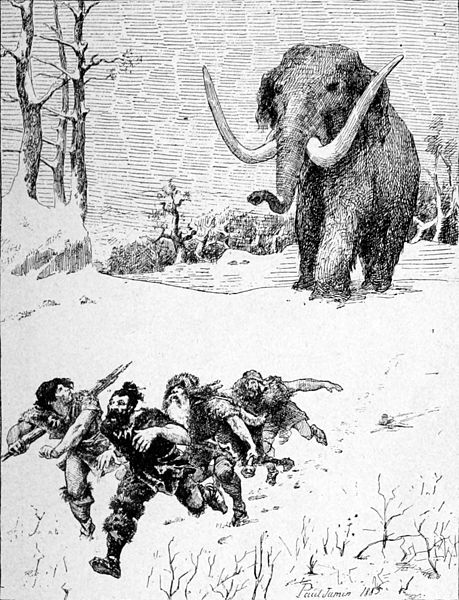 |
|---|---|---|
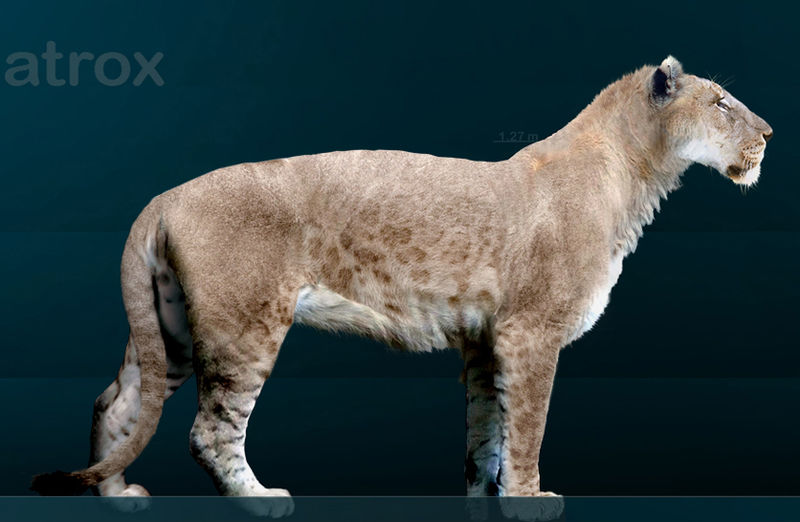 |
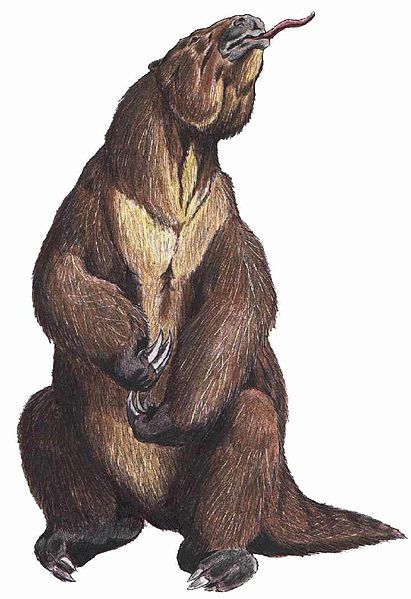 |
|
|---|---|---|
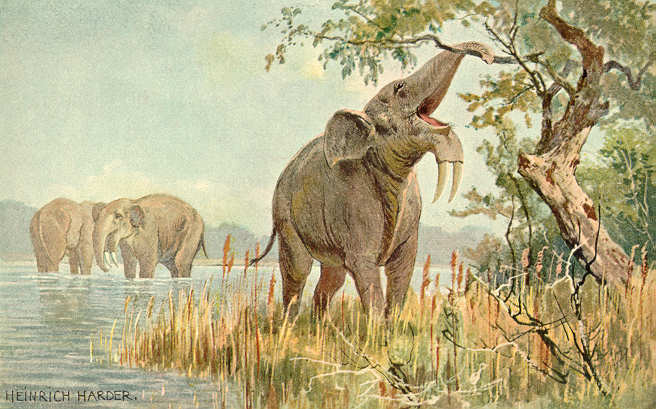 |
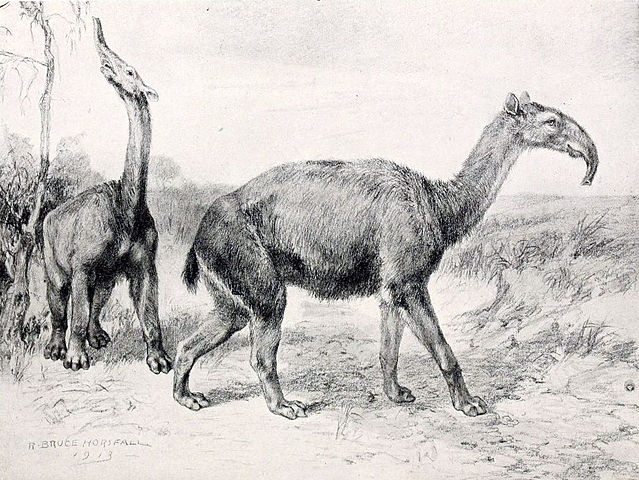 |
|---|---|
Extinction Myears ago Mass
kg
Haast's Eagle .0006 12 Year 1400 CE
Steppe Mammoth .20 11000
Woolly Mammoth .0040 4100
Mastodon .010 6300
Macrauchenia .010
American Lion .011
Glyptodon .011
Diprotodon .046 Marsupial
Titanis 1.8
Deinotherium 7
Argentavis ~10 71
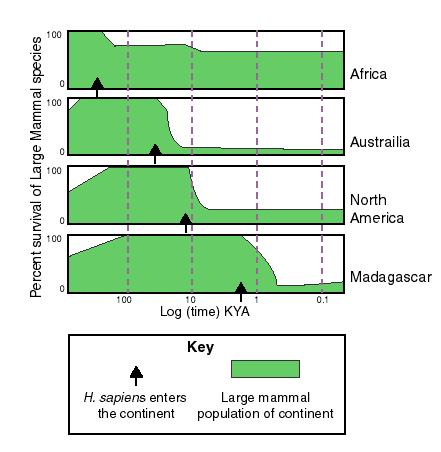 | ;
|---|
 |
|
|---|---|
Q = Radius of closest approach / Radius of Earth
Q Diameter Date Energy
(meters) (Mtons TNT)
Chelyabinsk 1.0 19 2013 .44
Tunguska 1.0 50 1908 12 Flattened a forest
Arizona asteroid 1.0 50 -50000 10 1 km crater
1972 Fireball 1.0089 ~ 6 1972 Skimmed the upper atmosphere
2011-CQ1 1.87 1 2011
2008-TS26 1.96 1 2008
2011-MD 2.94 10 2011
2012-KT42 3.26 ~ 7 2004
Apophis 4.9 325 2029 510
2013-DA14 5.35 30 2013
2012-KP24 8.99 25 2004
2012-BX34 10.3 8 2012
2012-TC4 14.9 17 2012
2005-YU55 60.00 400 2005
Heat capacity of air ~ 1.0 Joules/kg/Kelvin Mass of atmosphere ~ 5.1 kgLet F = the fraction of the asteroid's kinetic energy that goes into heating the atmosphere. The atmospheric heating is
Mass of asteroid Speed of asteroid
Heating ~ 40 kelvin * F * ---------------- * ( ----------------- )^2
10^15 kg 20 km/s
A 10 km asteroid has a mass of ~ 10^15 kg. If the asteroid is less massive than this
then you don't have to worry about cooking the atmosphere. The dinosaur-extinction
asteroid was ~ 10 km in size.
Toll Year
China floods 4 1931
Yellow River flood 1.5 1887
Shaanxi Earthquake .83 1556
Tsangshan Earthquake .45 1976
Bhola Cyclone .375 1970 Bangladesh
India, Cyclone .3 1839
India, Cyclone .3 1737
Indian Ocean tsunami .28 2004
Haiyuan Earthquake .27 1920
Antioch Earthquake .25 526
China, Typhoon .23 1975 Typhoon Nina
Haiti, Earthquake .16 2010
Yangtze River Flood .14 1935
Japan, Earthquake .14 1923 Great Kanto Earthquake
Bangladesh, Cyclone .14 1991
Netherlands .1 1530
Netherlands .07 1287
Netherlands .06 1212
Netherlands .04 1219
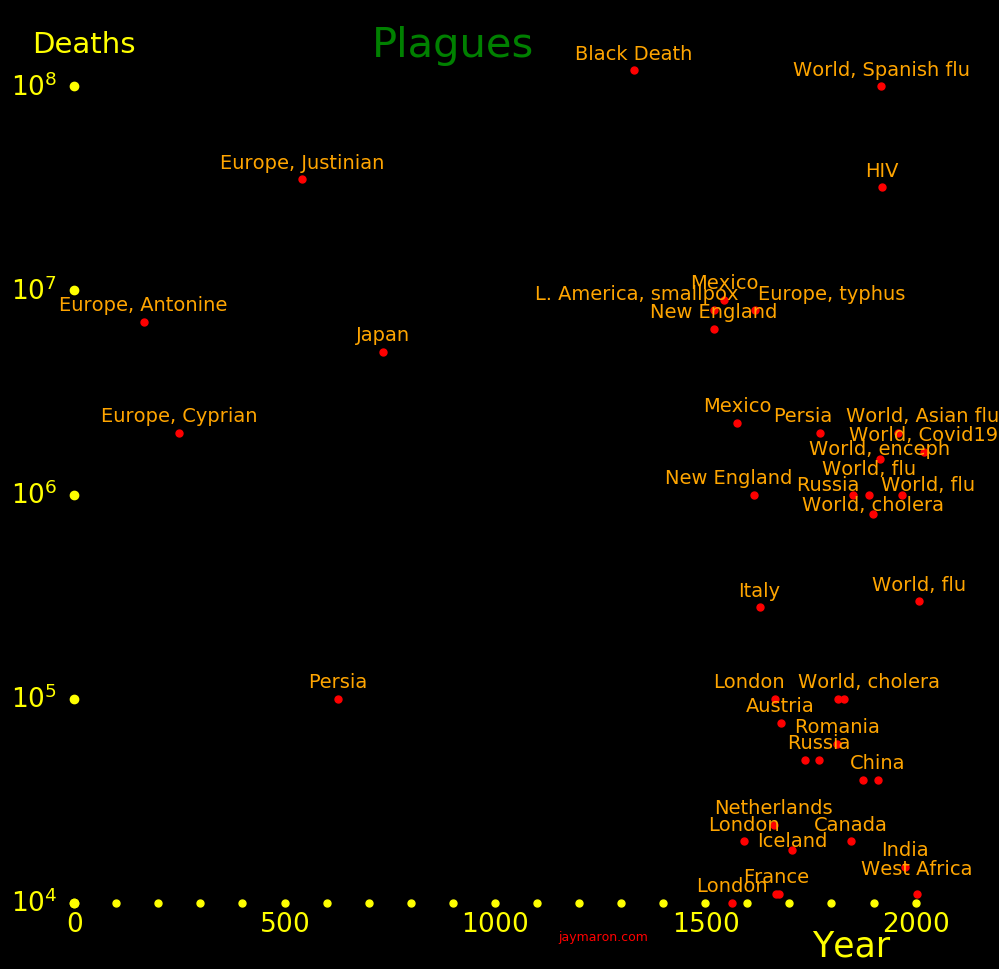 |
|---|
Year Year Toll (millions or %)
begin end
Plague of Athens -429 -426 .1
Antonine Plague 165 180 30% Europe, Western Asia, Northern Africa
Plague of Cyprian 250 266 Europe
Plague of Justinian 541 542 40% Europe
Black Death 1346 1350 50% Europe
Cocoliztli 1545 1548 80% Mexico
Cocoliztli 1576 1576 50% Mexico
Spain 1596 1602
London 1603 1603
New England 1616 1619 60%
China 1641 1644 Helped end the Ming Dynasty
Spain, Seville 1647 1652
Plage of London 1665 1666 .1
France 1668 1668 .04
Austria 1679 1679 .076
Balkans 1738 1738 .05
Russia 1770 1772 .05
1st cholera pandem. 1816 1826 .2 Europe, Asia
2nd cholera pandem. 1829 1851 .2 Europa, Asia, North America
3rd cholera pandem. 1852 1860 1 Russia
Flu pandemic 1889 1890 1 Worldwide
6th cholera pandem. 1899 1923 1 Europe, Asia, Africa
China 1910 1912 .04
Flu pandemic 1918 1920 75 Worldwide
Asian flu 1957 1958 2 Worldwide
Hong Kong flu 1968 1969 1 Worldwide
HIV 1960 now 30 Worldwide
Flu pandemic 2009 2009 .014 Worldwide
Ebola 2013 2016 .011 West Africa
Zika virus 2015 now Americas
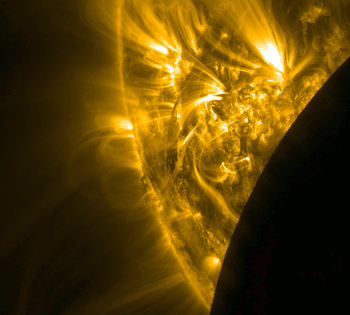 |
|---|
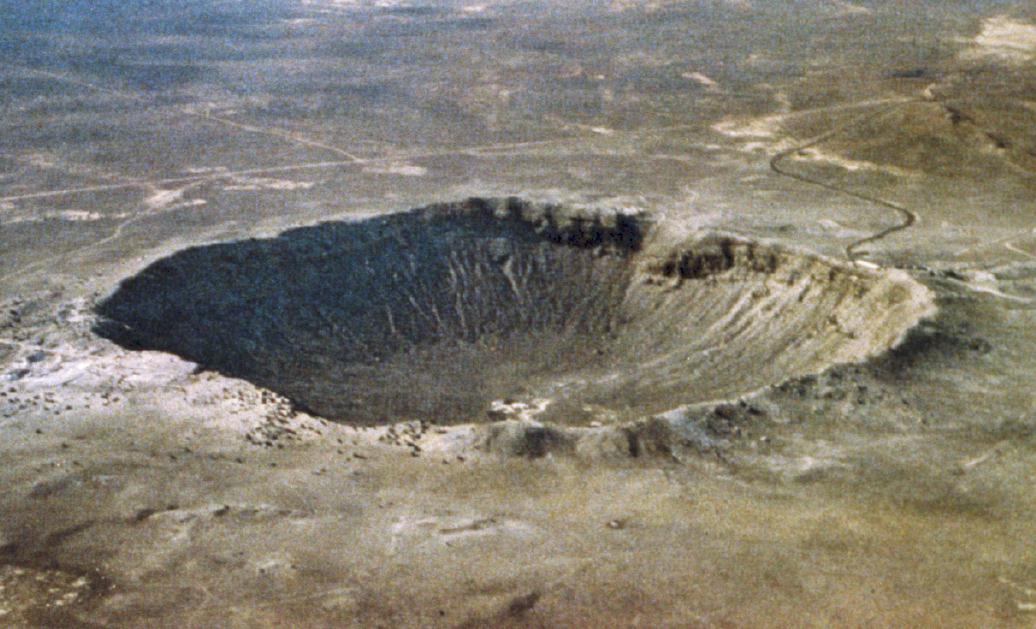 |
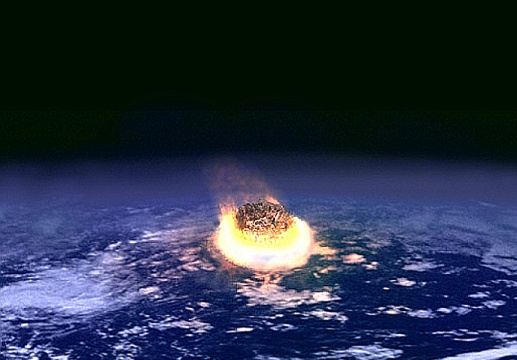 |
 |
|---|---|---|
Energy
(Joules)
Largest chemical bombs 5⋅1010
Tornado 2⋅1013 1 km in size, 180 m/s wind
Uranium bomb, 10 kTon TNT 4⋅1013
Avalanche 2⋅1015
Hydrogen bomb, 10 MTon TNT 4⋅1016
100 meter asteroid 2⋅1017 20 km/s, 2 g/cm3
Krakatoa volcano, 1883 8⋅1017
Apophis asteroid, 270 meters 2⋅1018
Tambora Volcano, 1815 3⋅1018 Largest eruption since Lake Taupo, 180 CE
1 km asteroid 2⋅1020 20 km/s, 2 g/cm3
Civilization energy/year 6⋅1020
Hurricane 1⋅1021
Indonesia earthquake 2004 4⋅1022
Magnitude 9.5 earthquake 1⋅1023 Valdivia, Chile, 1960. Largest earthquake in the last century
10 km asteroid 2⋅1023 20 km/s, 2 g/cm3. Size of "dinosaur extinction" asteroid
Supernova, type 1A 2⋅1044
Gamma ray burst 1⋅1047
Small black hole merger 1⋅1048
Supermassive black hole merge 1⋅1056
Higgs catastrophy 1⋅1070
The largest earthquakes are at subductions zone in the Pacific rim and they
dwarf volcanoes for energy.
Present Closest Date of closest approach
distance approach (thousands of years)
Barnards Star 6.0 3.7 10
Alpha Centauri 4.4 3.1 28
Ross 248 10.3 3.024 36
Gliese 445 17.6 3.5 45
Gliese 710 64.2 1.1 1400
Distances in lightyears.
A black hole has a minimum mass of 3 solar masses. A black hole approaching the solar system would be detected through its influence on Neptune and the Kuiper belt objects. It would be noticed at a range of at least 100 AU.
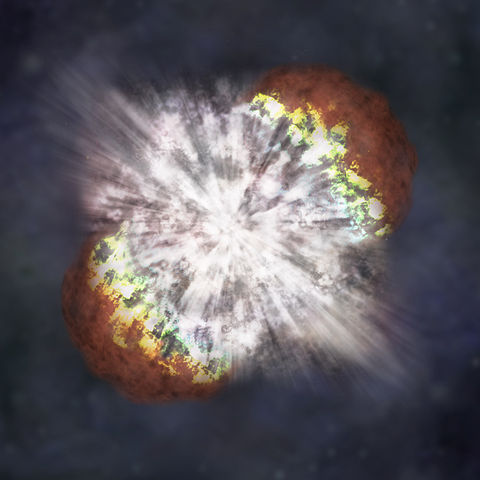 |
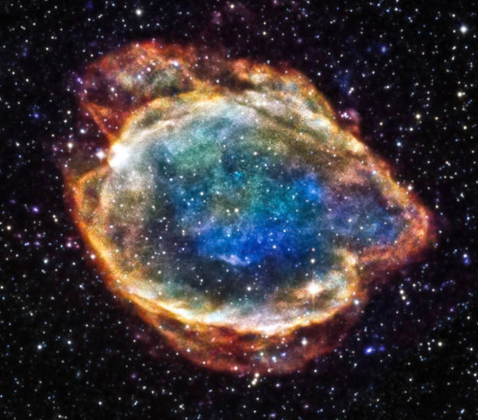 |
 |
 |
|---|---|---|---|
 |
 |
|---|---|
Billions of years from now.
.000001 The Wilkes ice basin melts and the ice of East Antarctica follows.
.0001 The constellations disappear because of motions of the stars
.00025 A new volcanic island will form in the Hawaiian chain
.050 California disappears into the Pacific
.100 Rings of Saturn disappear
.230 Limit of predictions of planet orbits
1.0 The sun's luminosity increases by 10% and the oceans evaporate
1.5 Mars warms to above freezing
2.3 Earth's outer core freezes and the magnetic field disappears
2.8 The Earth heats to the point where all life becomes extinct
3.0 The moon spirals outward far enough so that the Earths tilt
is free to wander, causing extreme seasons
4.0 Milky Way and Andromeda collide
5.0 The sun runs out of hydrogen and expands into a red giant
7.5 Earth becomes tidally locked with the sun
7.59 The sun consumes the Earth
7.9 The sun reaches its maximum size and consumes Mars.
Titan warms to above freezing
8.0 The sun becomes a white dwarf with 54% of its present mass
100 The universe's expansion removes all galaxies from view except
for the galaxies of the Local Group
450 The last remaining galaxies of the Local Group coalesce into one galaxy
800 Milky way dims due to dying stars
1000 Star formation ends
30000 Timescale for a stellar encounter close enough to disrupt the Earth's
orbit
120000 The last stars die out
e36 years Timescale for proton decay. After all the protons have decayed the
universe will consist of electrons, positrons, photons, and neutrinos.
7e68 years Time for a 3 solar mass black hole to disappear by Hawking radiation
2e106 years Time for a 20 trillion mass black hole to disappear by Hawking radiation
 |
 |
 |
 |
|---|---|---|---|
Defend? Plan
Asteroid No
Tsunami No Don't build tall buildings on coasts
Tornado No Destroys the stoutest buildings. Take the hit and rebuild.
Volcano No Don't build cities near volcanoes (Seattle)
Earthquake Yes Don't build a city on the San Andreas Fault
Hurricane Yes Design buildings to survive sustained 80 m/s winds
Higgs crisis No
If you see a bright flash of light, it's either an asteroid or a nuclear bomb.
Close your eyes and ears and brace for the shock wave. Get into shade to avoid
radiation and getting fried by the light. Get outdoors and stay away from
glass. After the blast, get moving away from the explosion by whatever means
available.
If there is an earthquake or asteroid strike in the ocean and you are on the coast, move inland as fast as possible.
 |
|---|
Tsunami
Rockslide
Dinosaur
Ice collapse
The Pinatubo volcano cooled the Earth. Many historic cooling eras are associated with volcanoes.
The "medieval warming period" occurred from 900 to 1200 AD, and it corresponds to an era of low volcanism. The present era is low in volcanism.
 |
|---|
 |
 |
|---|---|
The plot shows the history of volcanoes. Circle size corresponds to volcano intensity. There is a gap in volcanoes centered around 1100.
 |
|---|
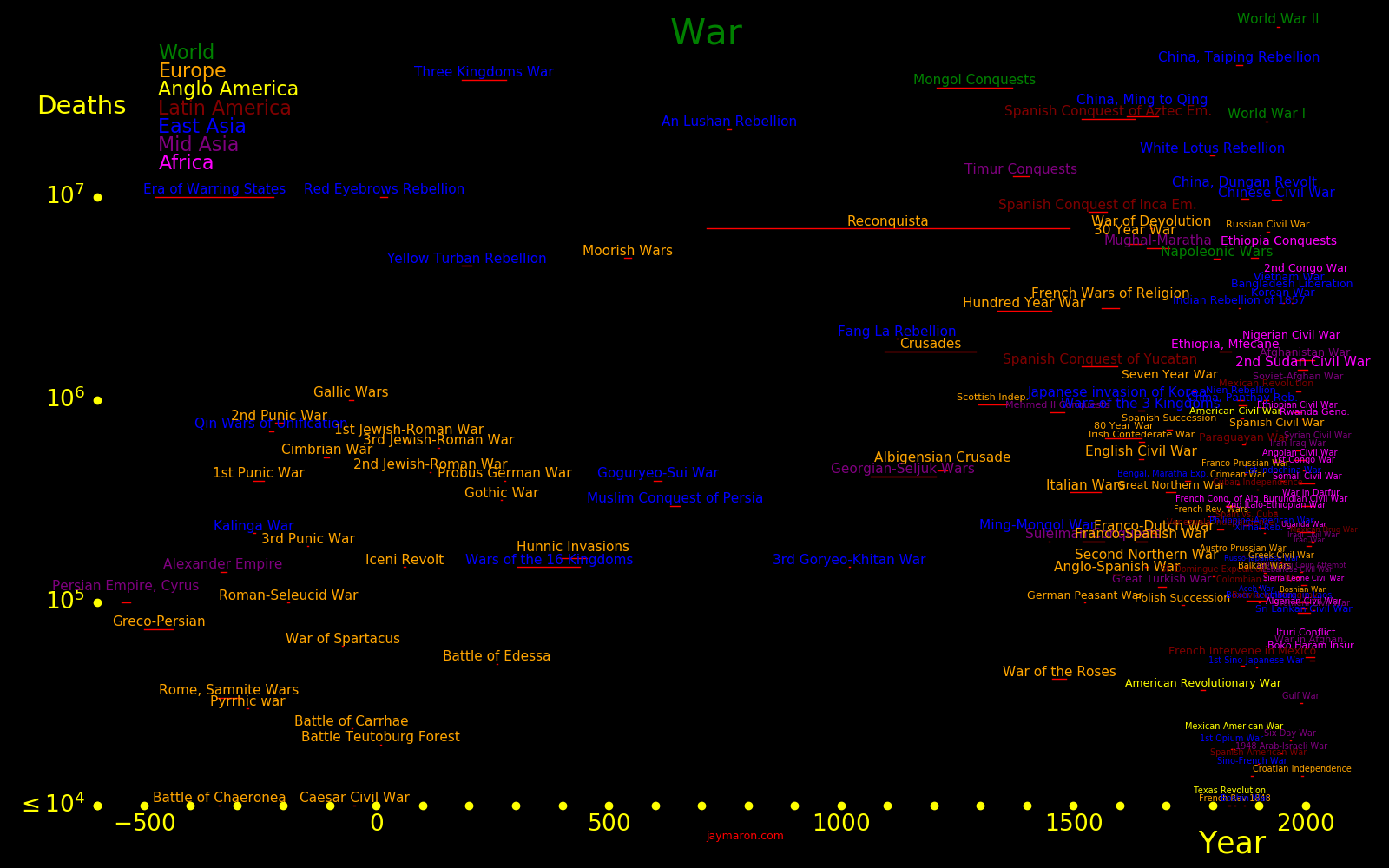 |
|---|
 |
|---|
 |
|---|
 |
|---|